The Weidemann Art Collection
The art showcased in the Capitol’s Art Adorns the Paths of Life exhibiton is part of the Weidemann Collection, donated to the Capitol from 2018-2023. The collection is comprised of pieces by Christian and Oscar Weidemann, a father/son team of Wright employees. Documents tell us that Christian Weidemann served as the foreman and head designer of the Capitol painting project for the William Wright Company from 1885-1890. He oversaw the onsite crew, chose the colors, designed the motifs, and made sure that the art that adorns our Capitol was well done and satisfied those in charge.
The art collection contains over 200 paintings, decorative designs, charcoal drawings, stencils, and portraits. Together, they provide a window into the creation of the decorative art that filled high-end structures in late nineteenth and early twentieth century Michigan and beyond. The Weidemann’s creations were, truly, the art that once adorned the paths, homes, churches, and businesses where we congregate, work, and live.
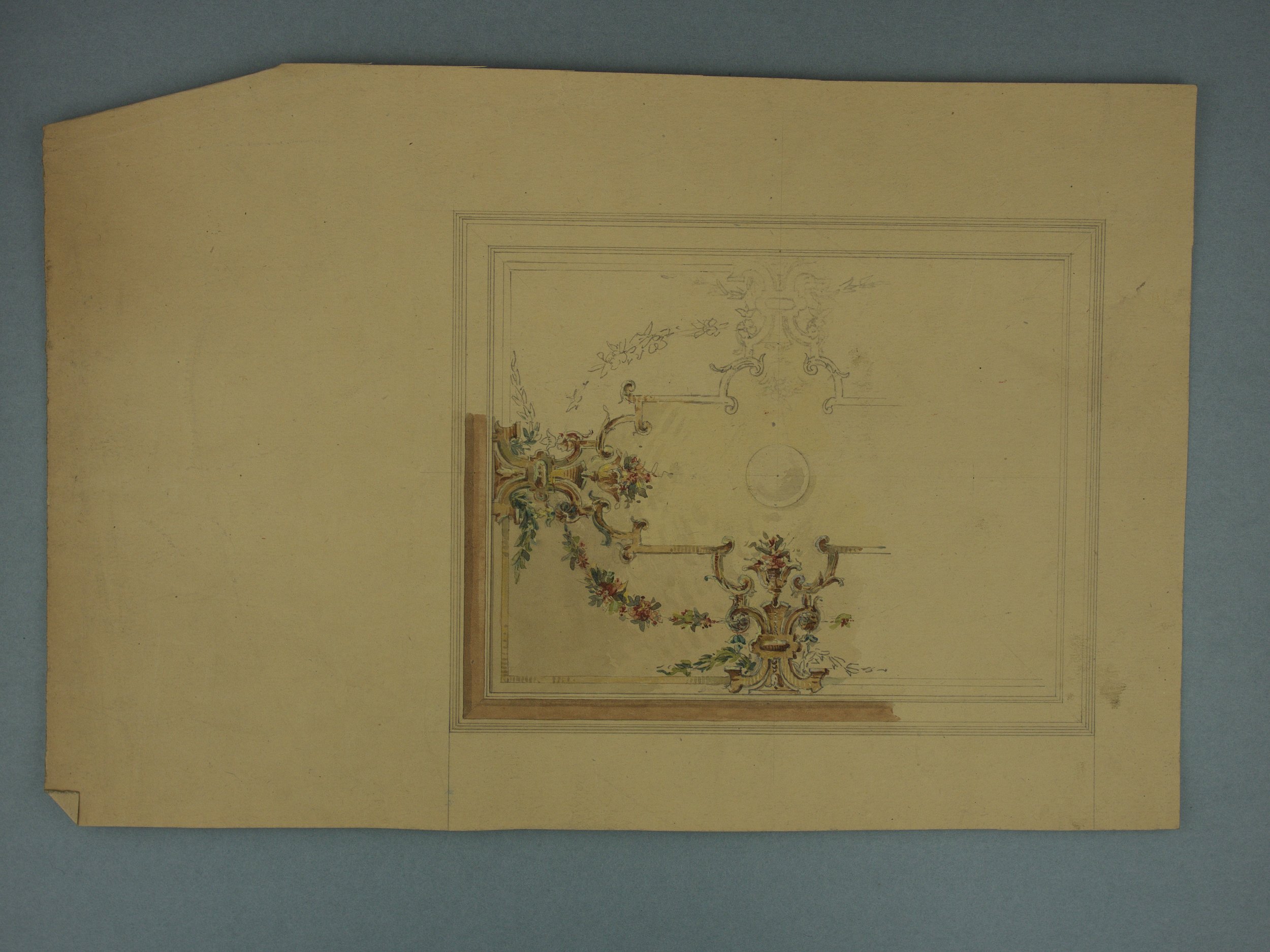
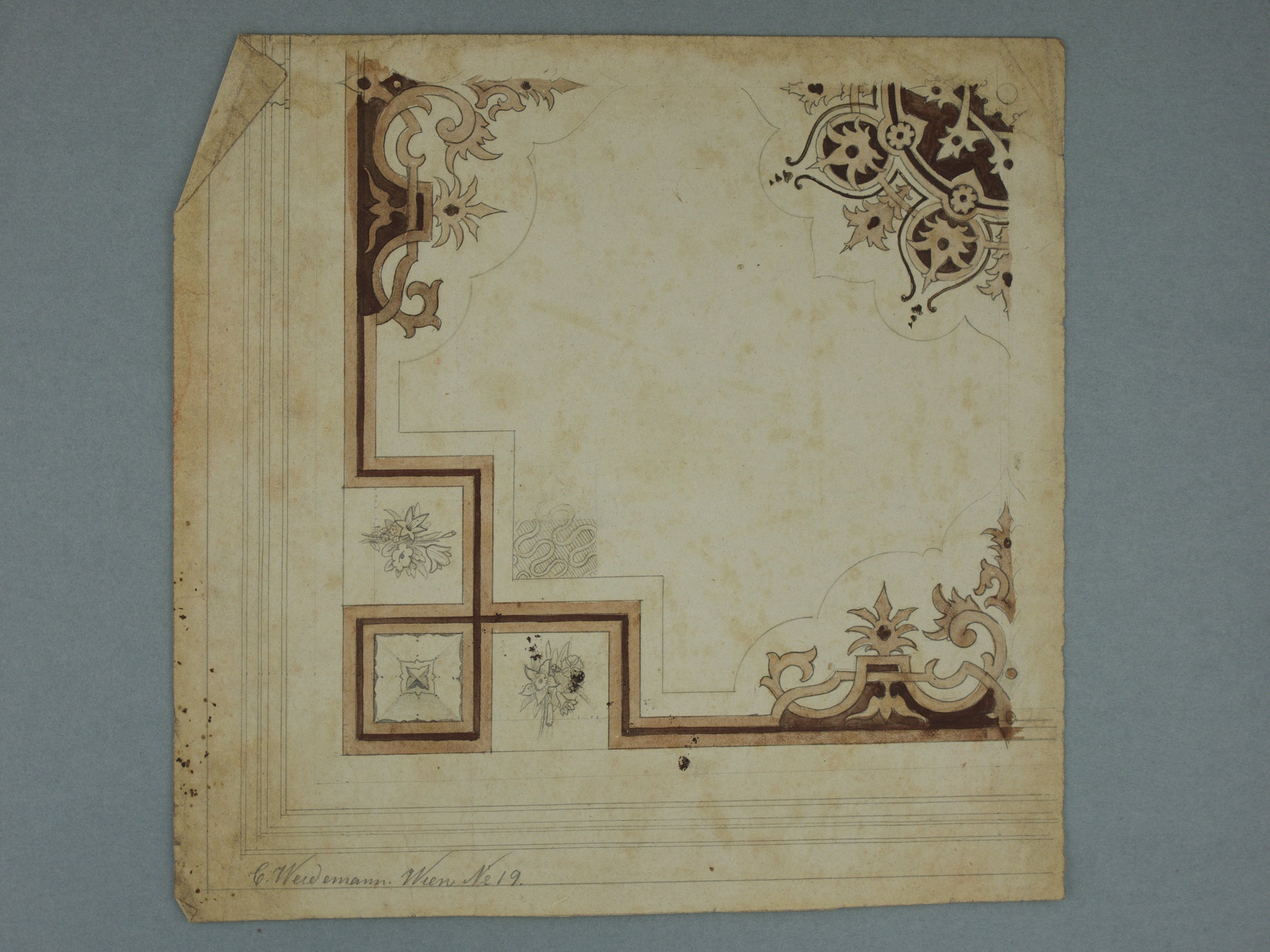
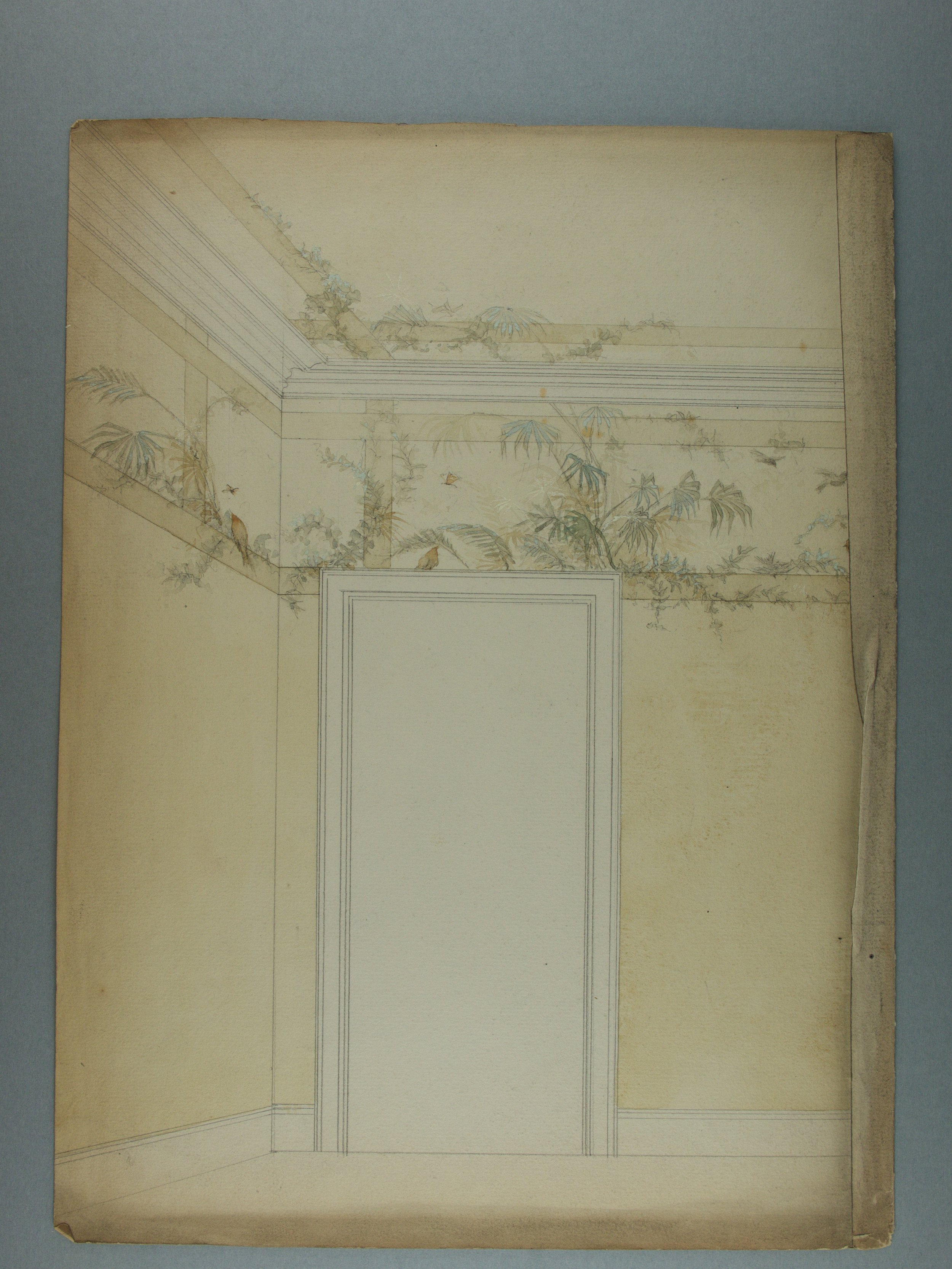
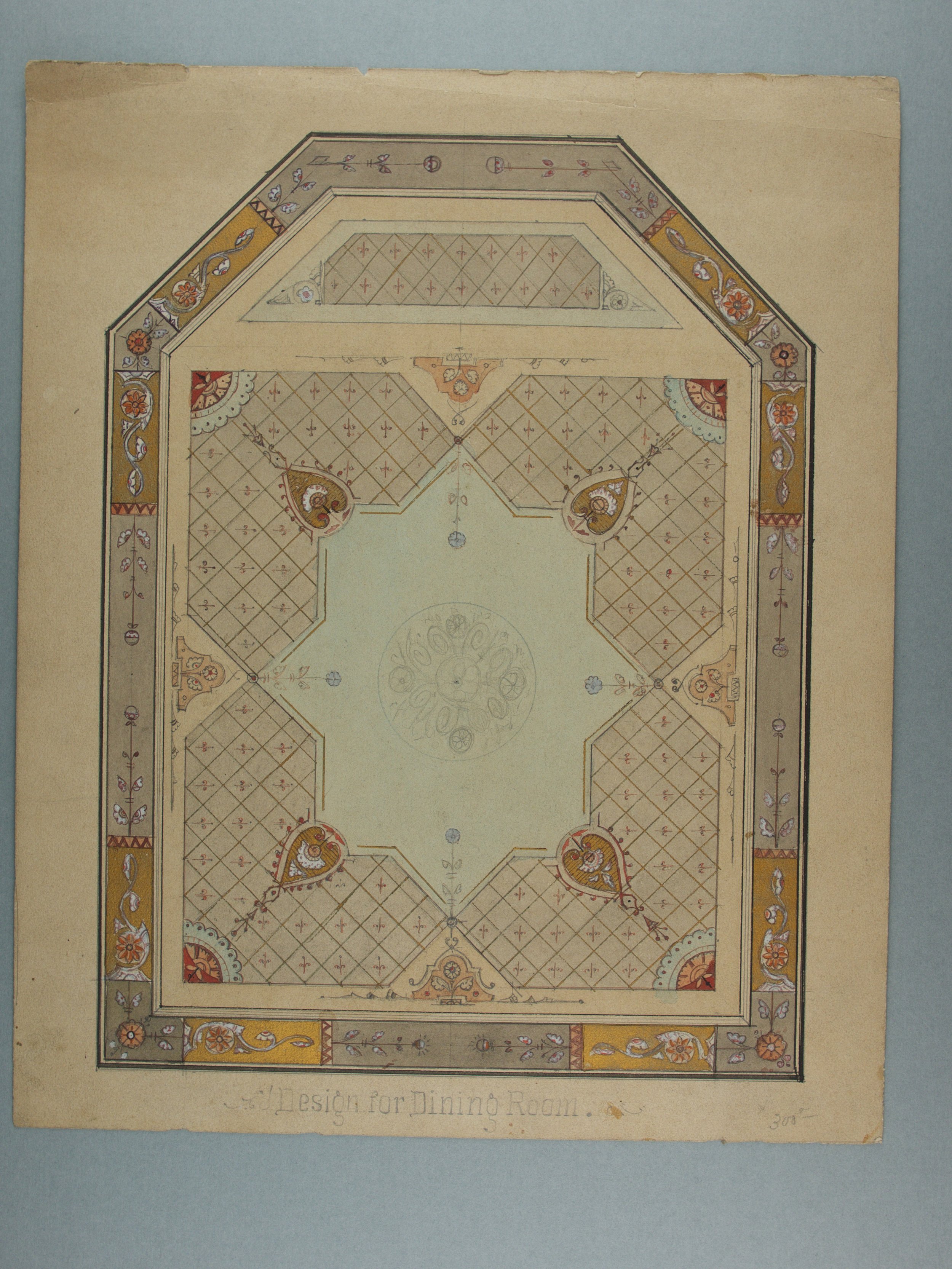
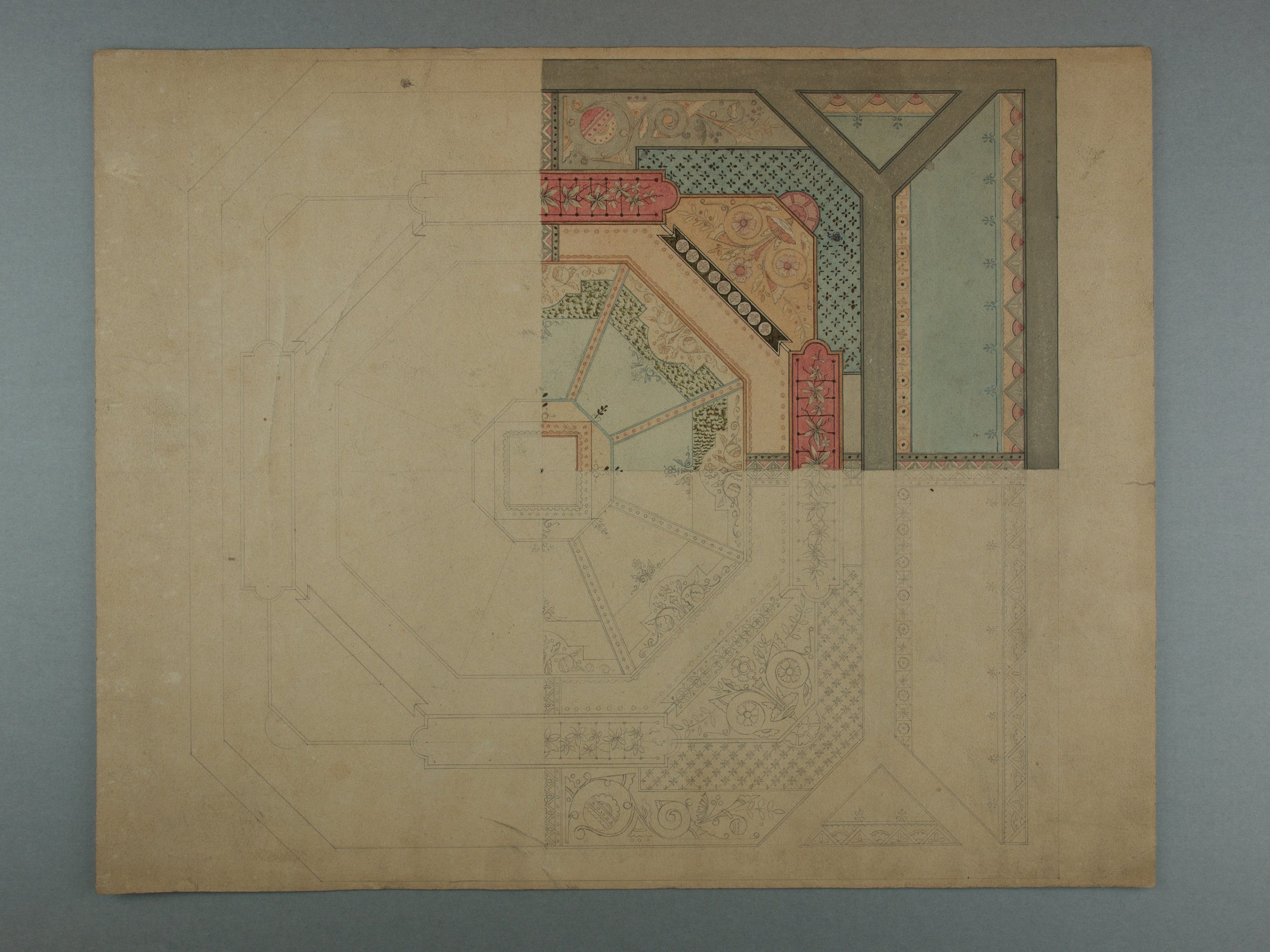
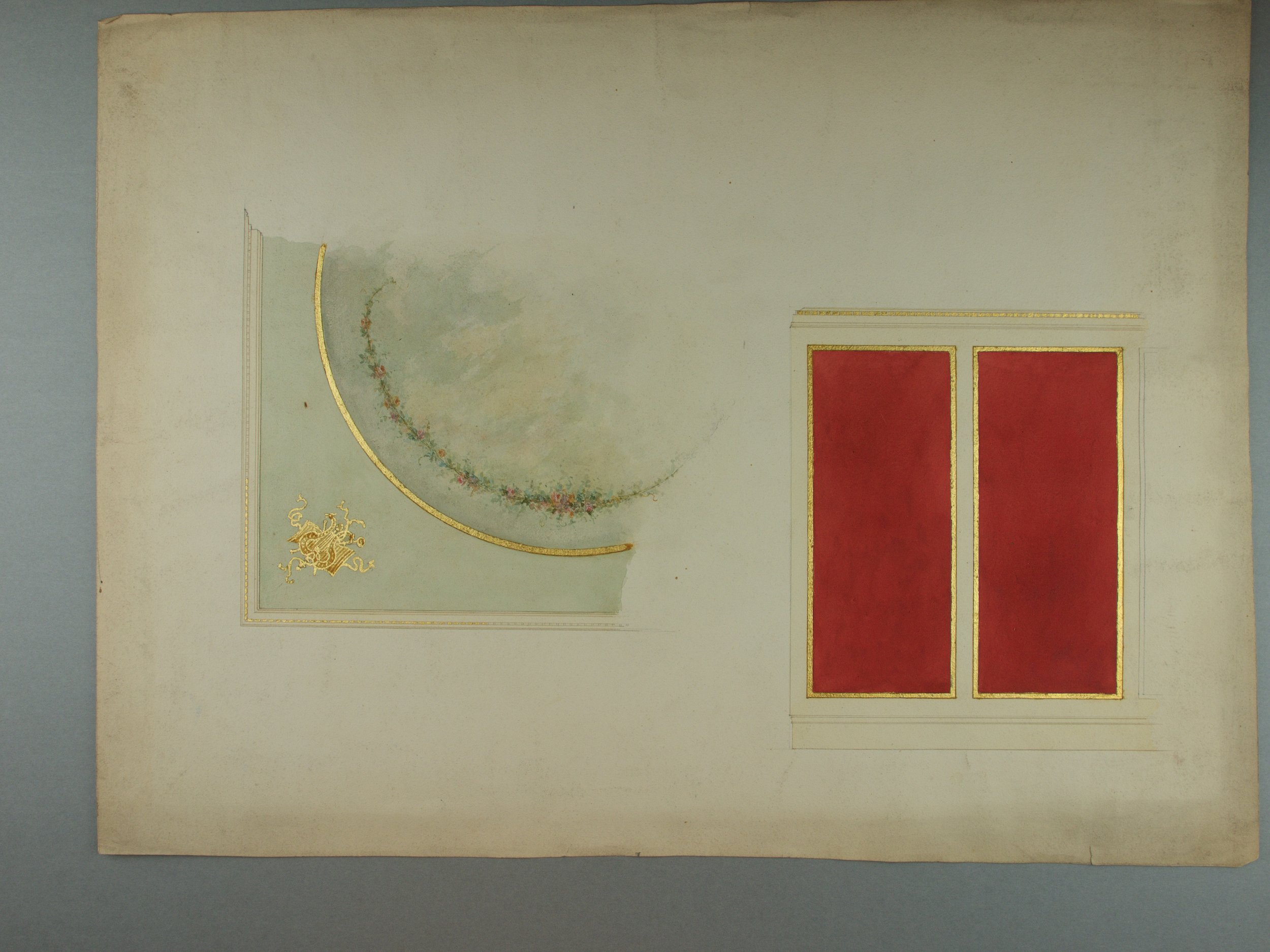
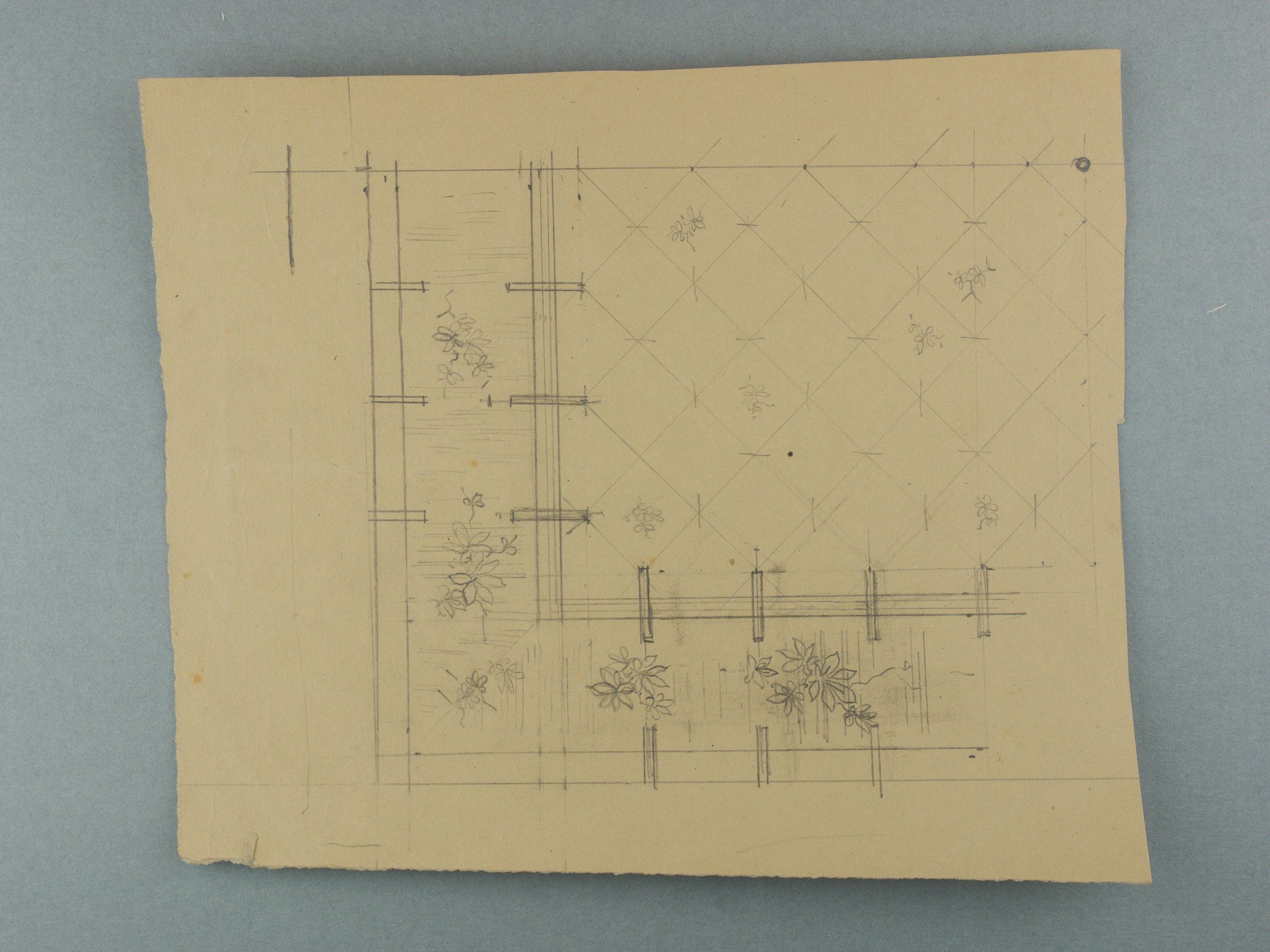
Interior Designs
A large portion of the Weidemann collection consists of decorative wall and ceiling design plans. While some of these mock-ups depict entire ceilings, others are partial or quick sketches. These plans would be used not only as a way for artists to think through the colors and ornamental motifs included in their designs, but also as a demonstration for clients of what the artist could do with their space. While these pieces are therefore considered mock-ups for large-scale painting projects, the fine details rendered in watercolor and gouache allow viewers to also appreciate each plan as artwork in its own right.
Some sketches show only one quarter of a larger ceiling plan. The design will ultimately be mirrored and repeated four times, to fill the entire space. Others are more finalized, showing the entire ceiling plan in fine detail, and a few even include gold ink to denote places where the artists plan to add accents in gold leaf.

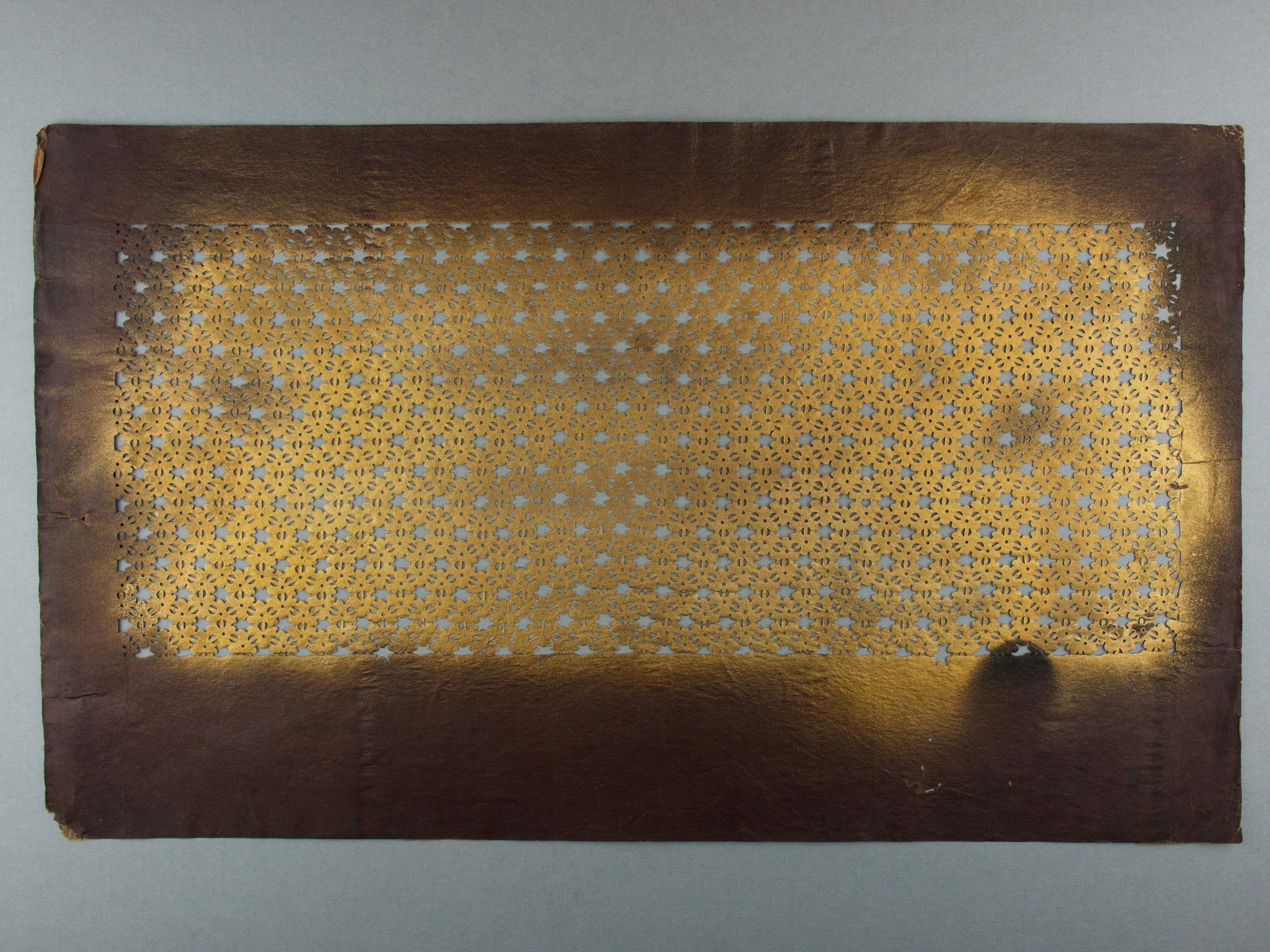
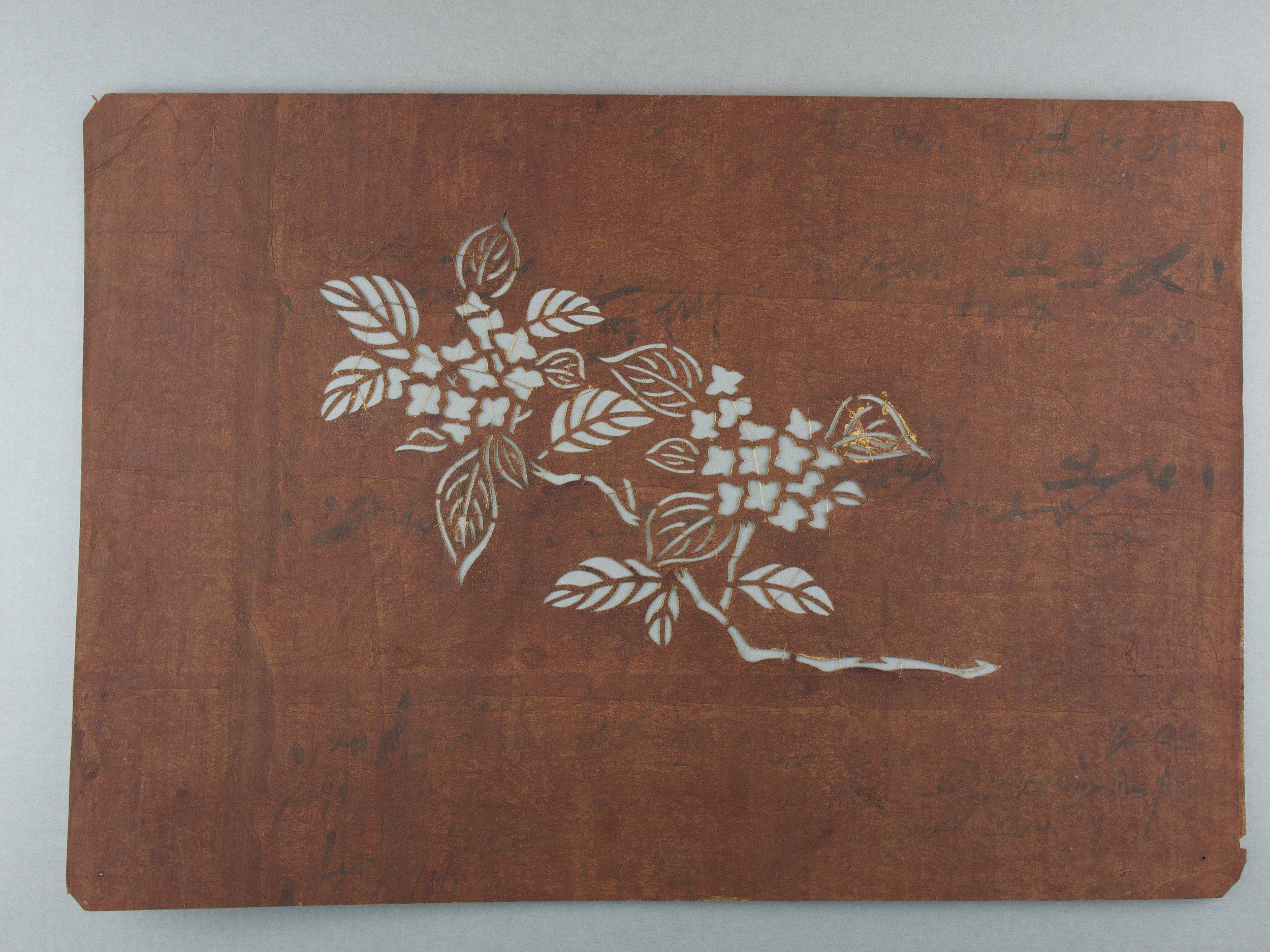
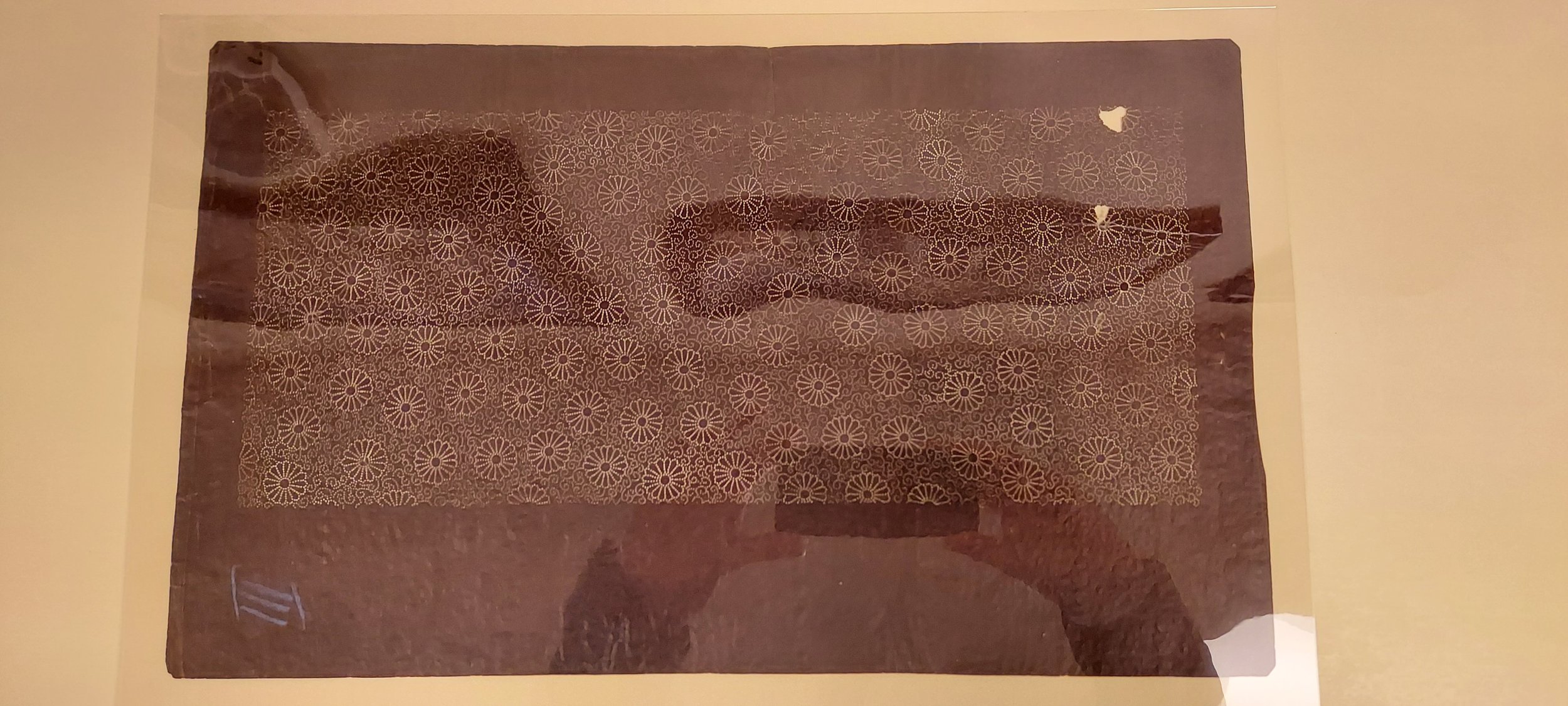
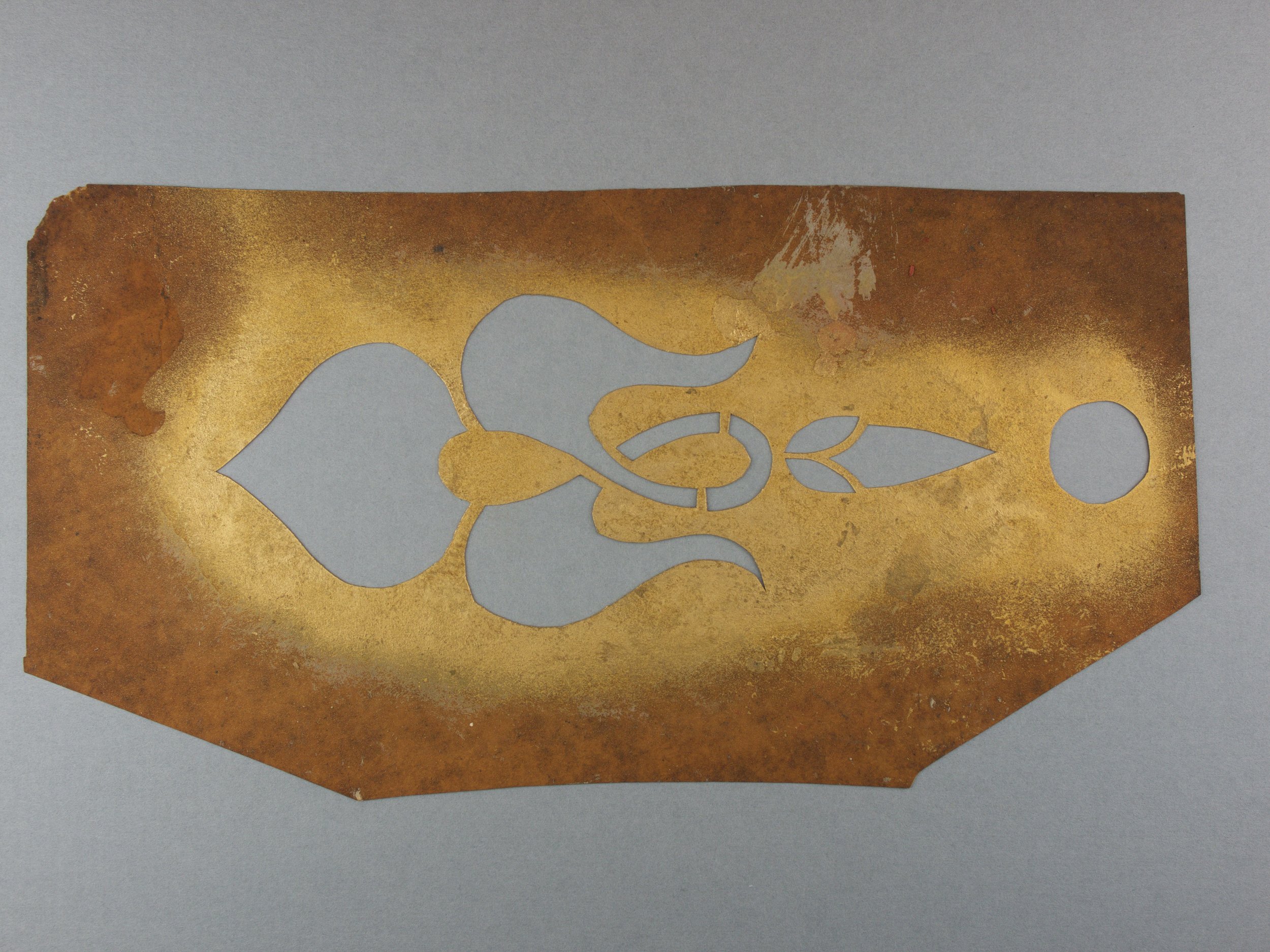
Stencils
Most of the ornamental motifs used in wall and ceiling designs are repeated countless times throughout a design scheme. In order to increase both the efficiency and the accuracy of these elements, artists create stencils by cutting designs into a thick paper like cardstock. The Weidemann collection also contains what appear to be katagami stencils – delicate Japanese stencils typically made from mulberry washi paper. The craft of katazome, or printing with katagami stencils, dates back as early as the eighth century, though the stencils spread to Europe around the late nineteenth century, when Japan opened up trade with the west.
Remnants of paint around both types of stencils suggest that they have been used. While the cardstock stencils would have been used on an interior surface, the katagami stencils were likely used only experimentally by Christian.
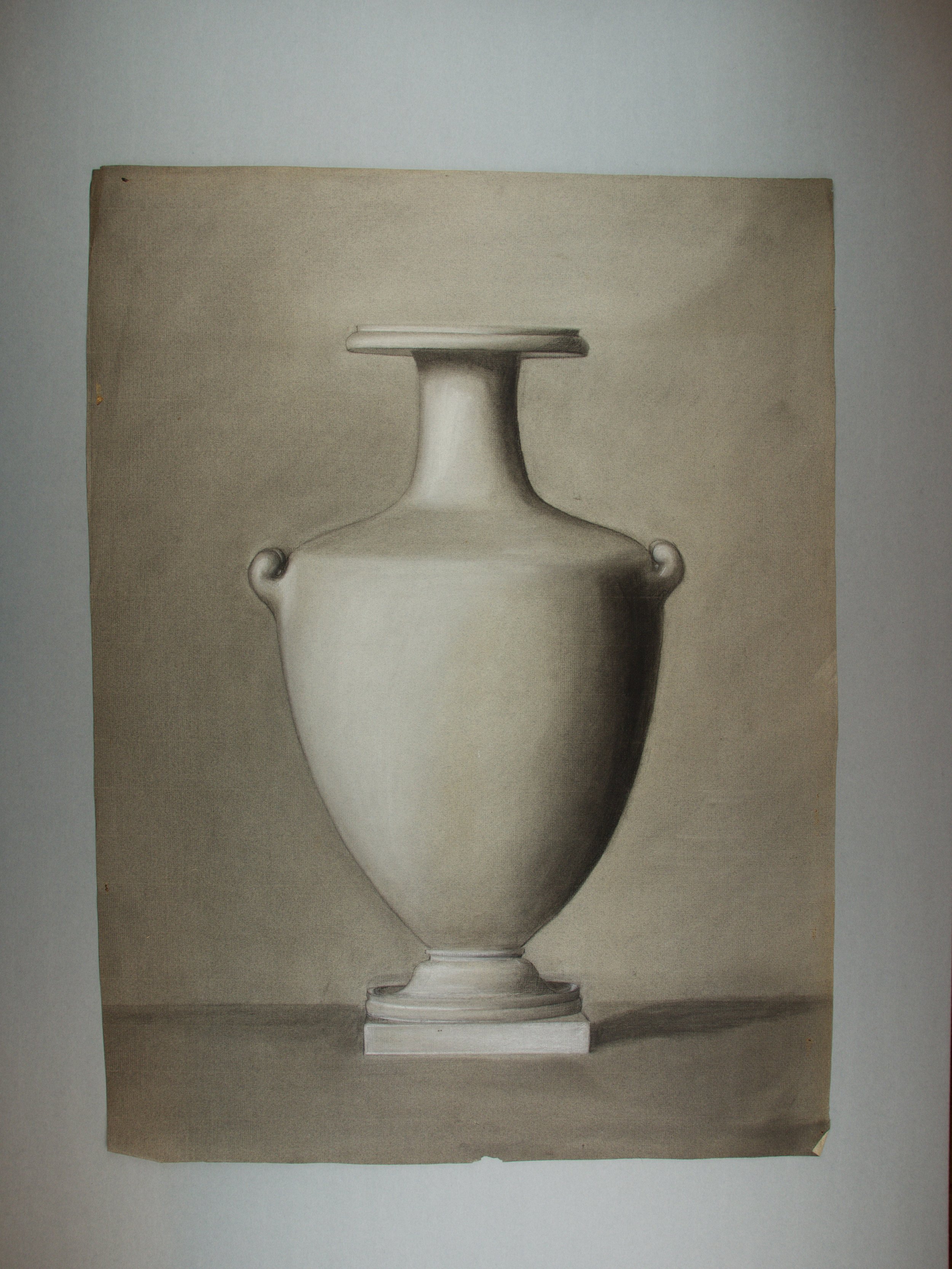
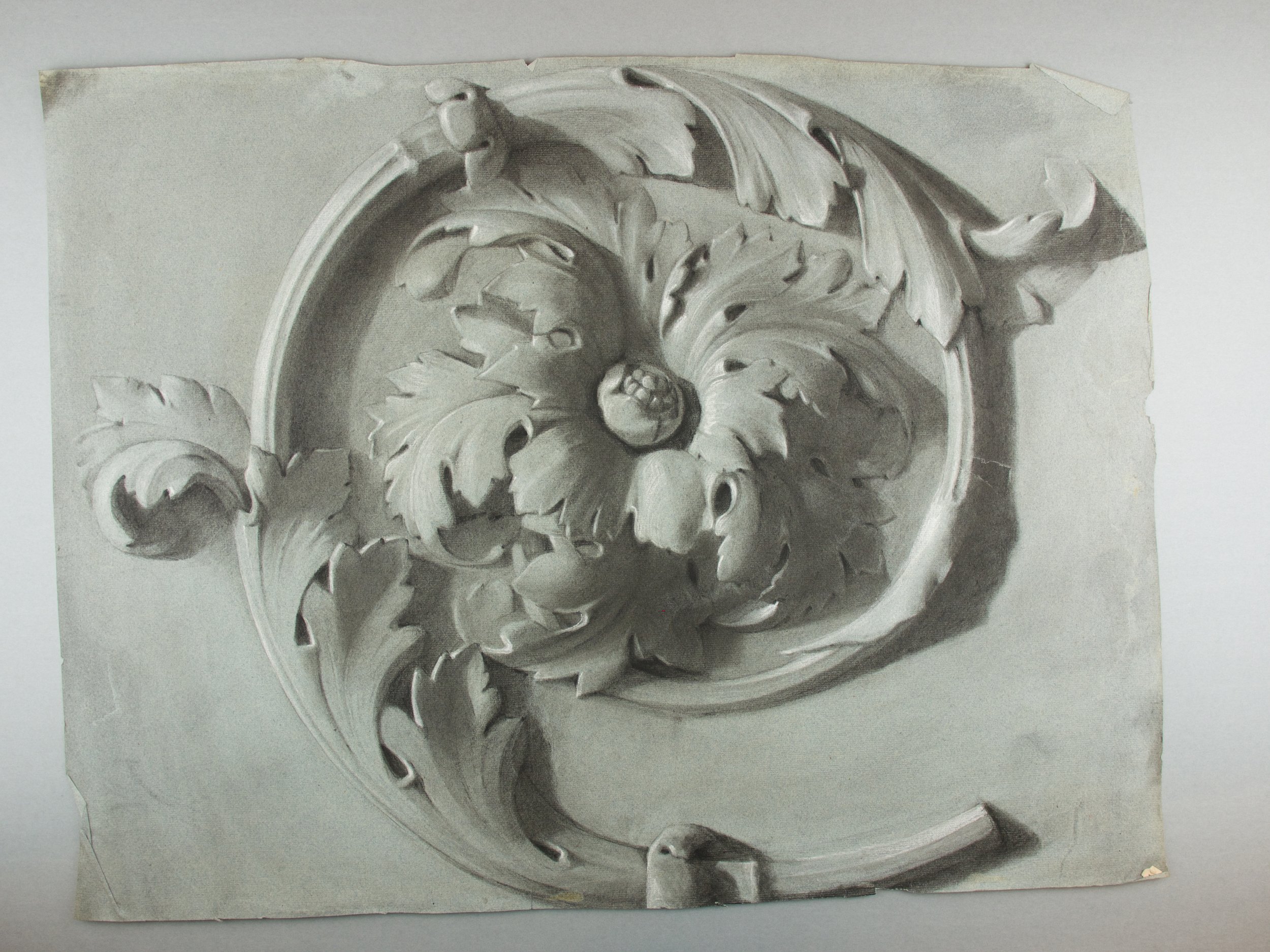
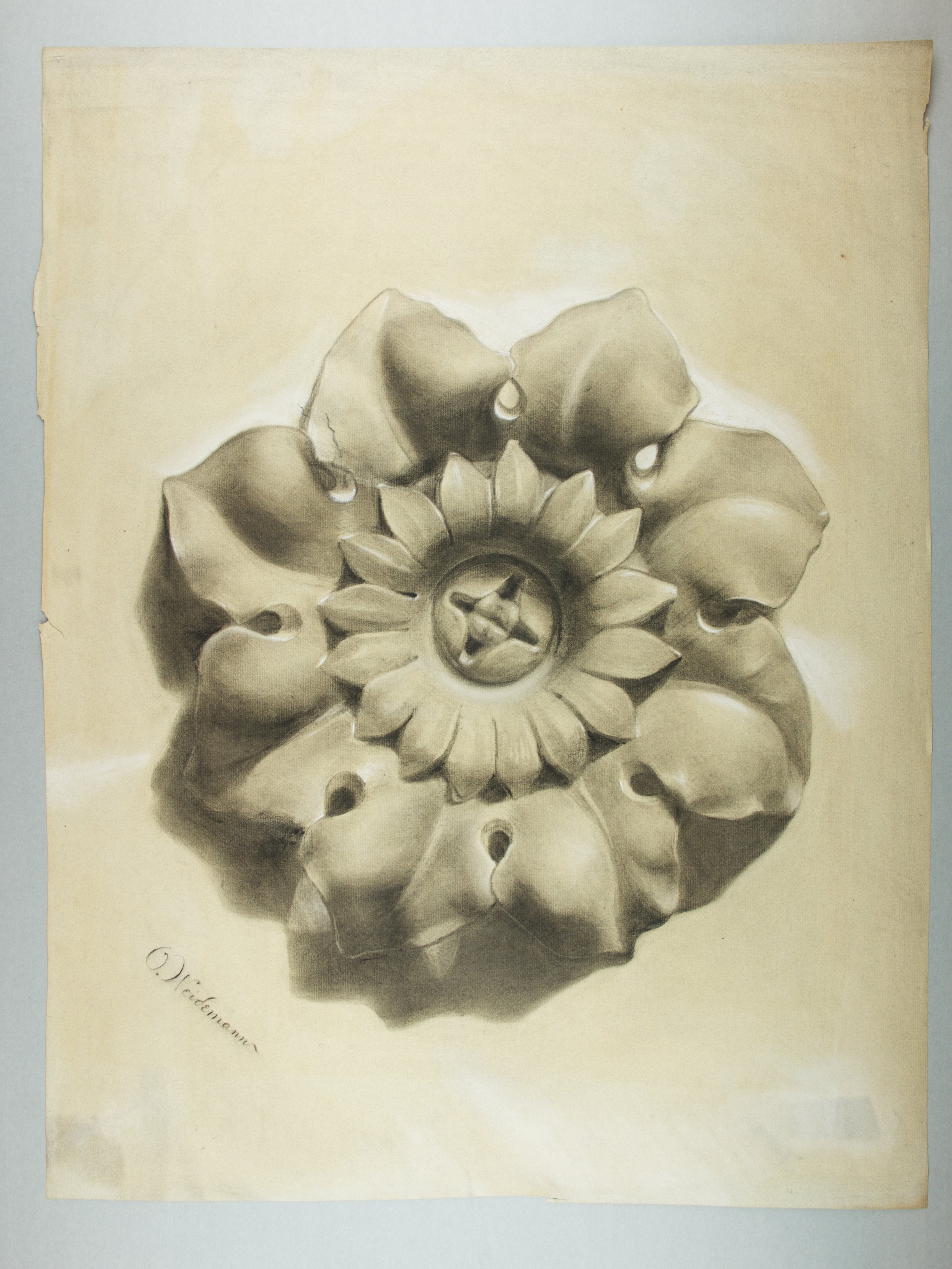

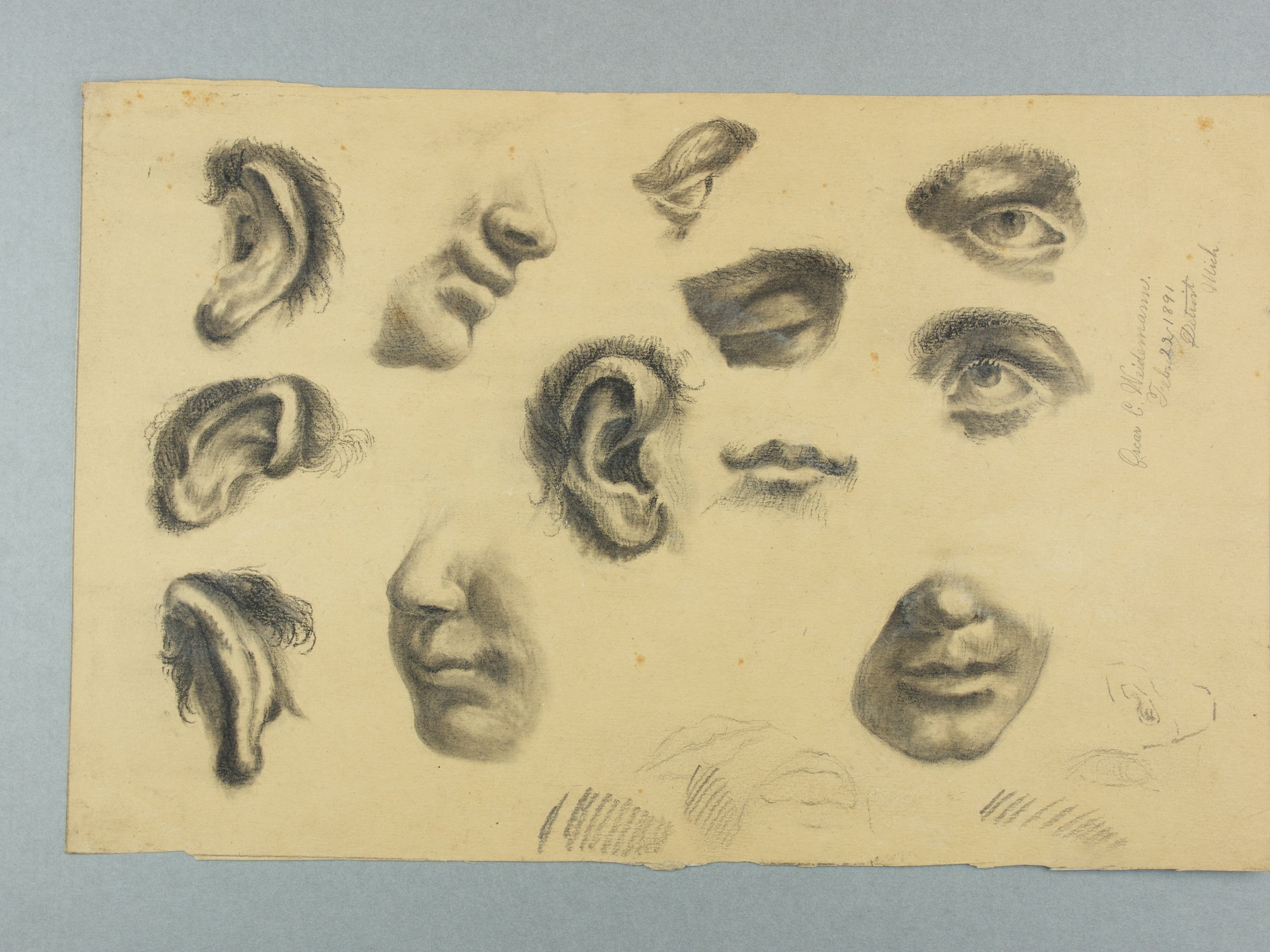
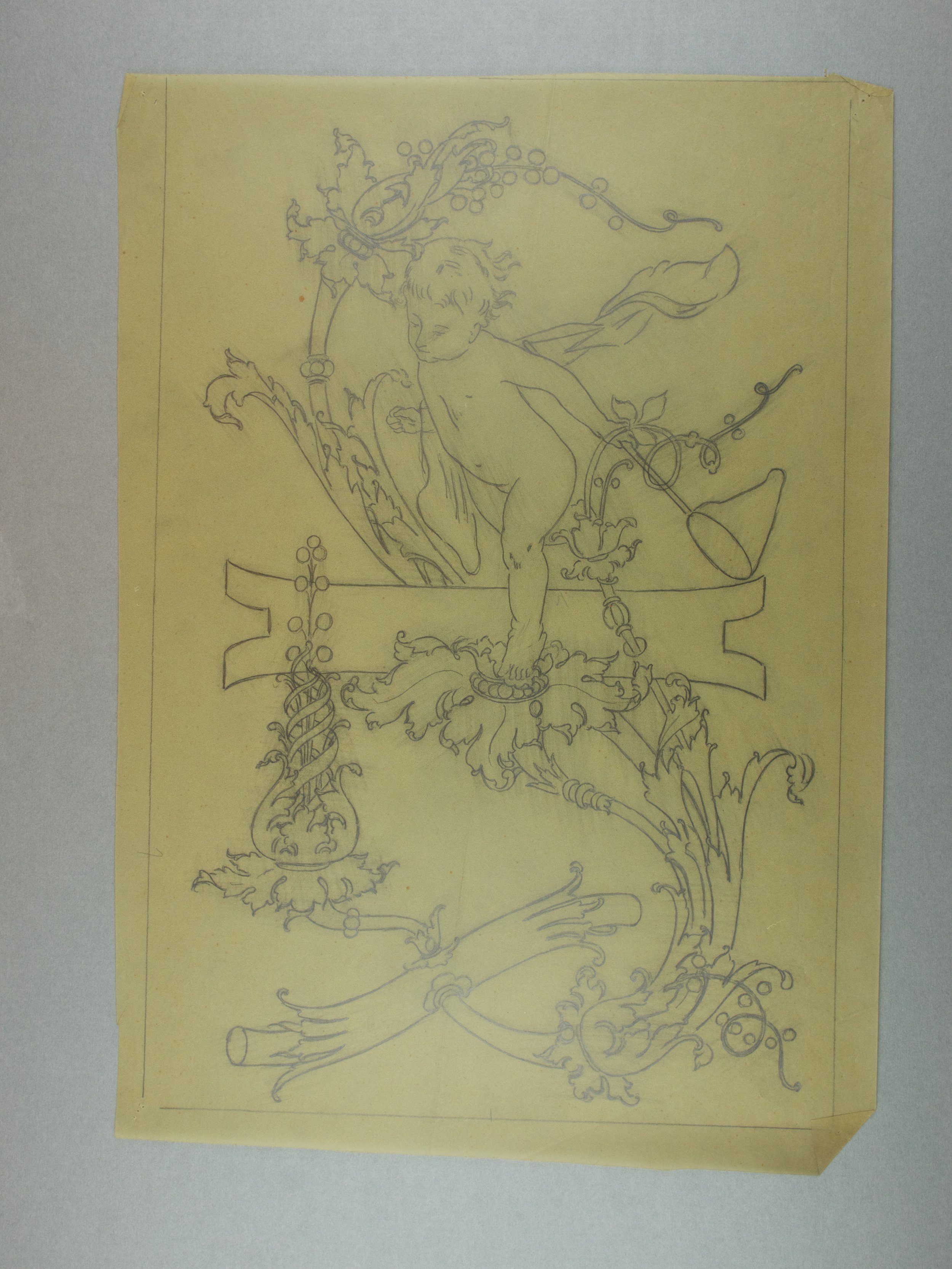
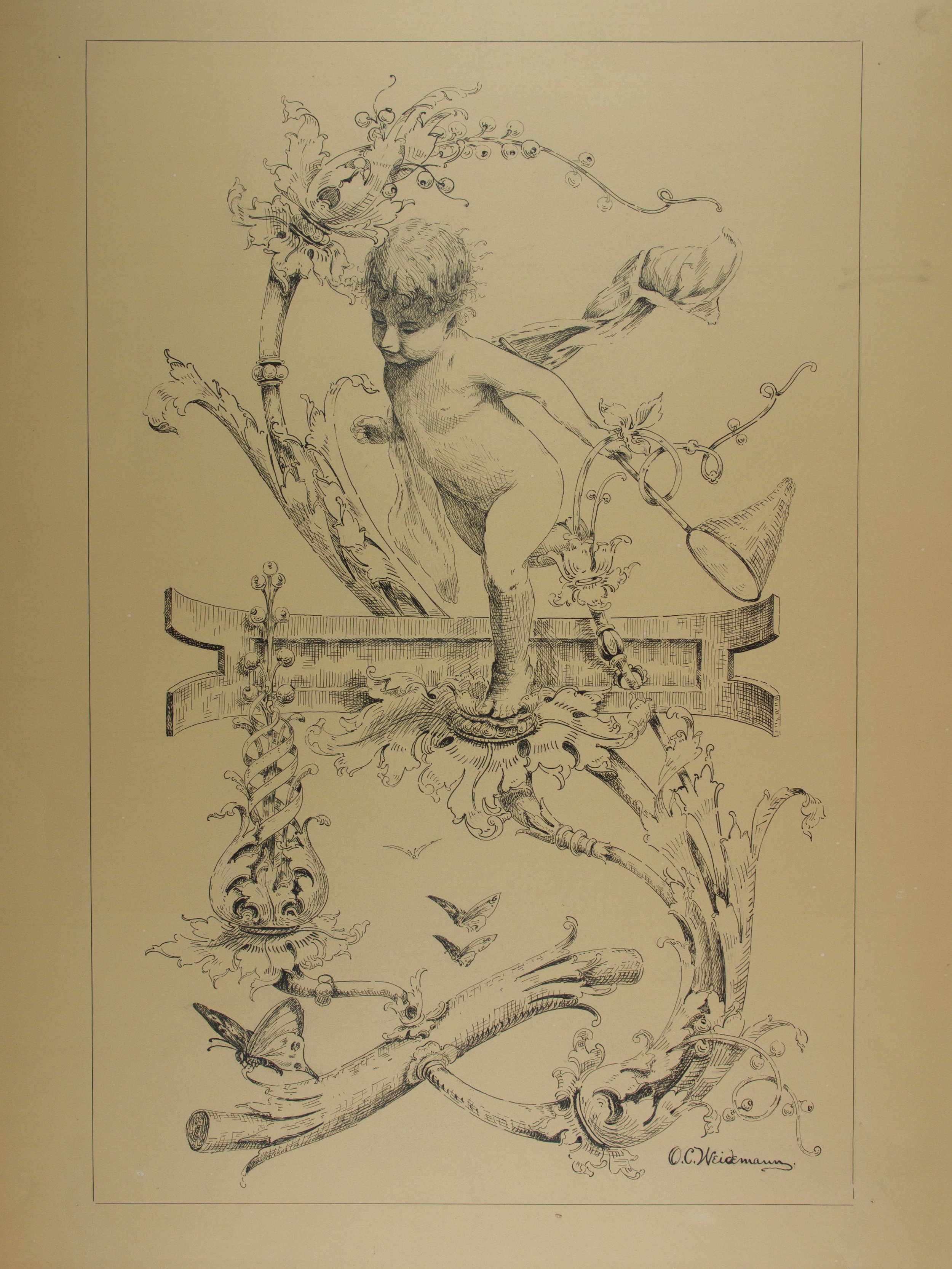
Graphite & Charcoal Drawings
It is likely that some of Oscar’s artwork was created during his time in art school in Berlin. Charcoal anatomical studies indicate Oscar’s study of the figure, while object studies show him practicing with light and shadow. Variations of the same drawing, like those with the putti (or cherubs), demonstrate the artistic progression from a rough sketch towards a finished product.
In order to perfect one’s ability to render the human figure, it is important to understand the skeletal structure underneath the skin. Some of the sketches selected here show Oscar’s study of anatomy, from the spinal cord and rib bones to small studies of eyes, ears, noses and mouths.
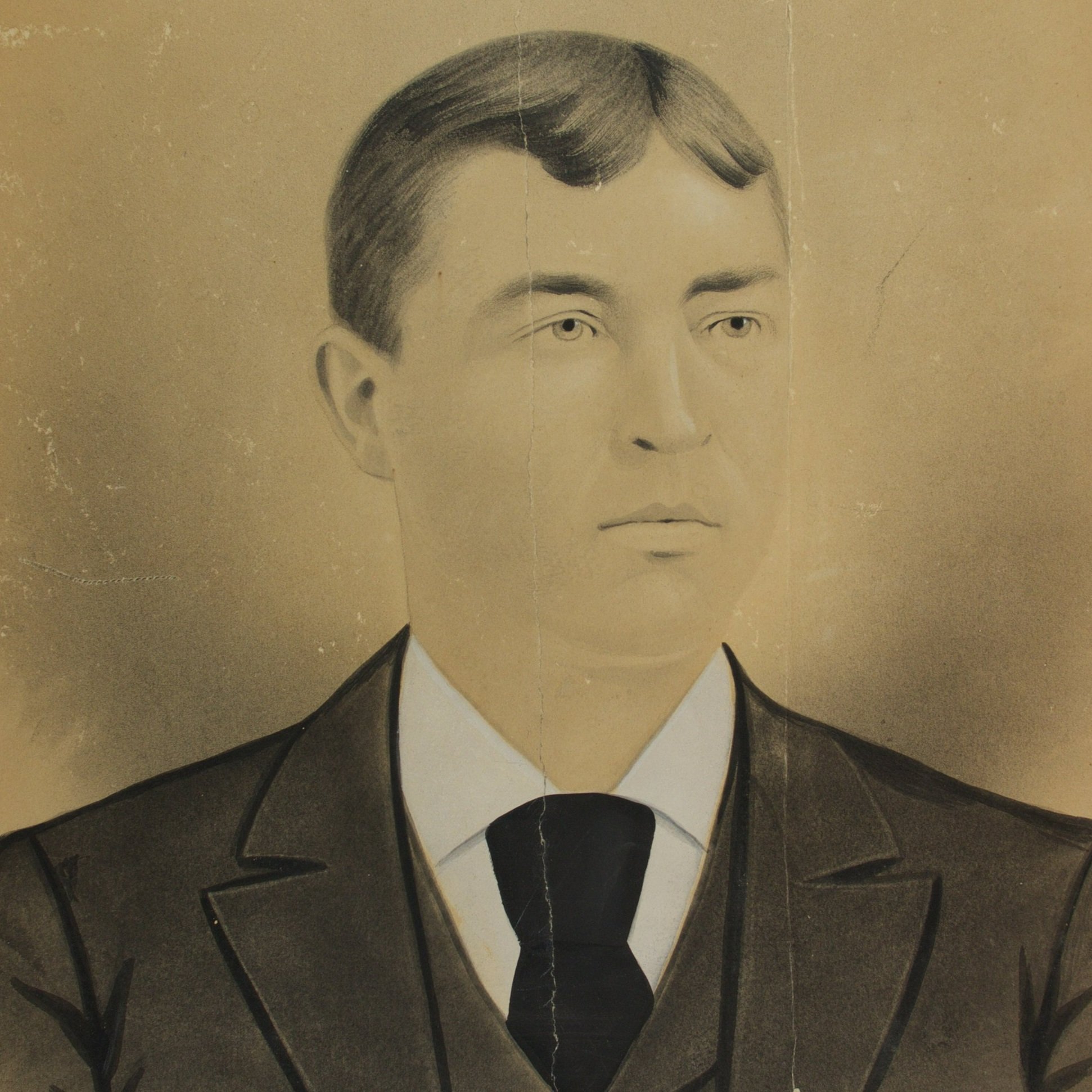
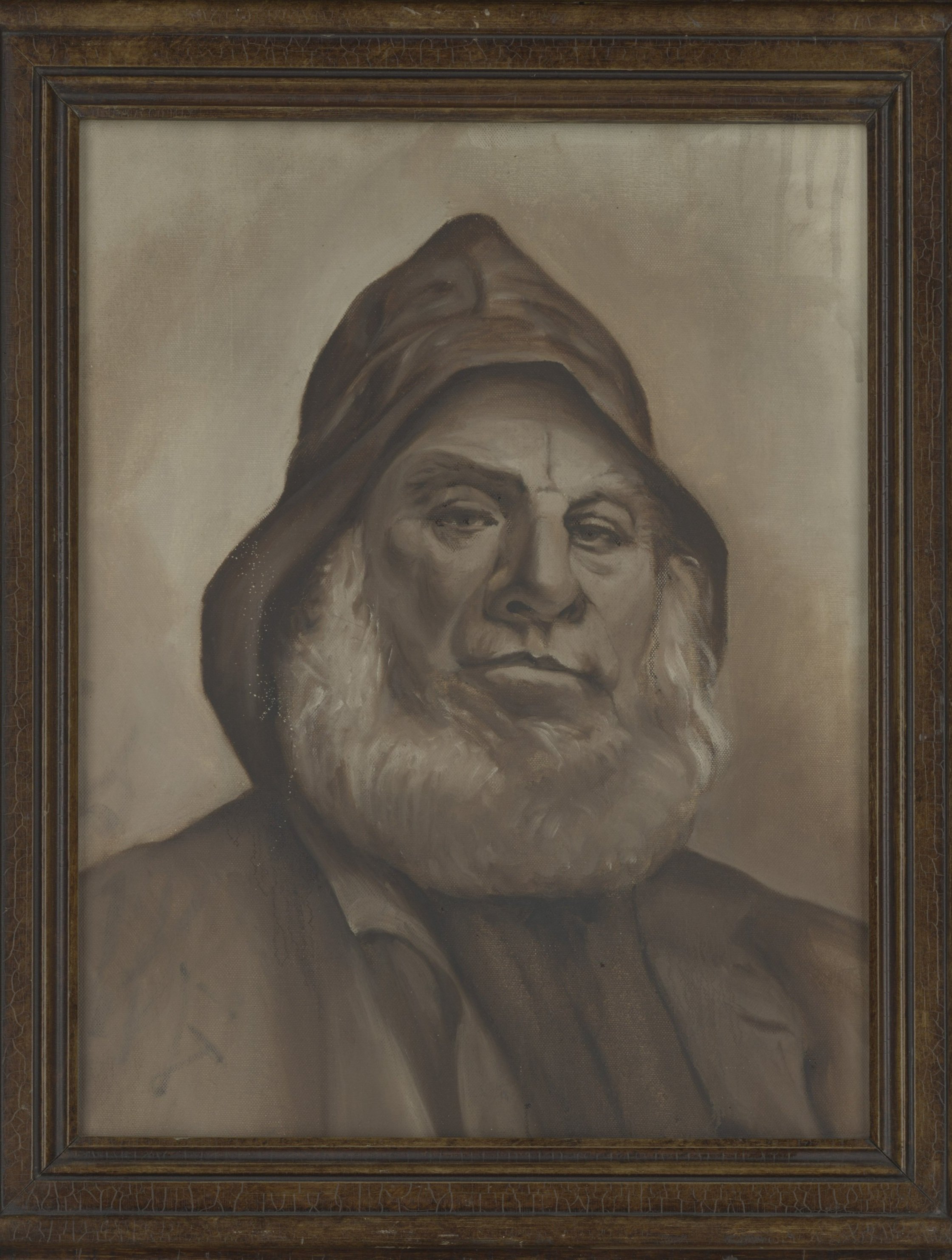
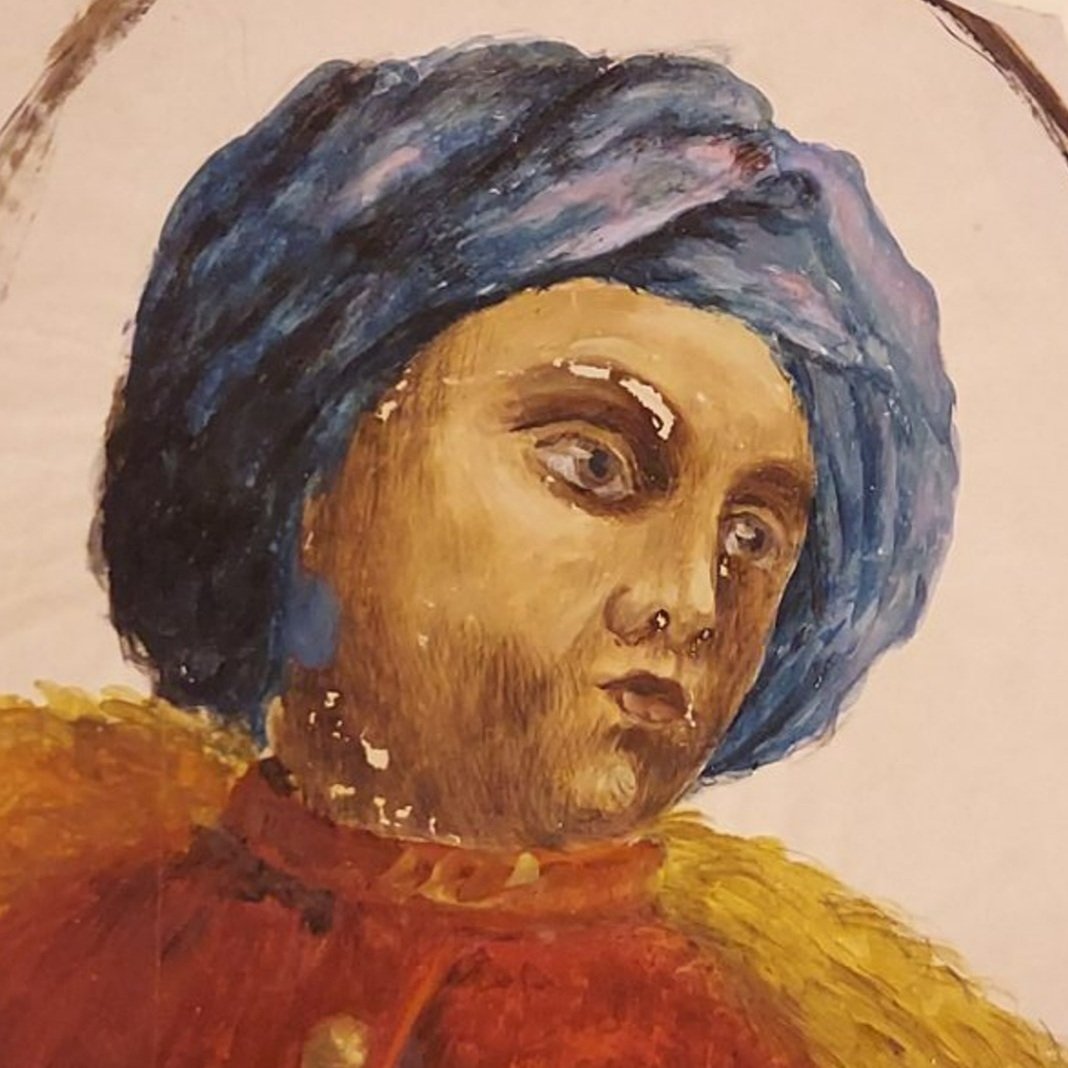
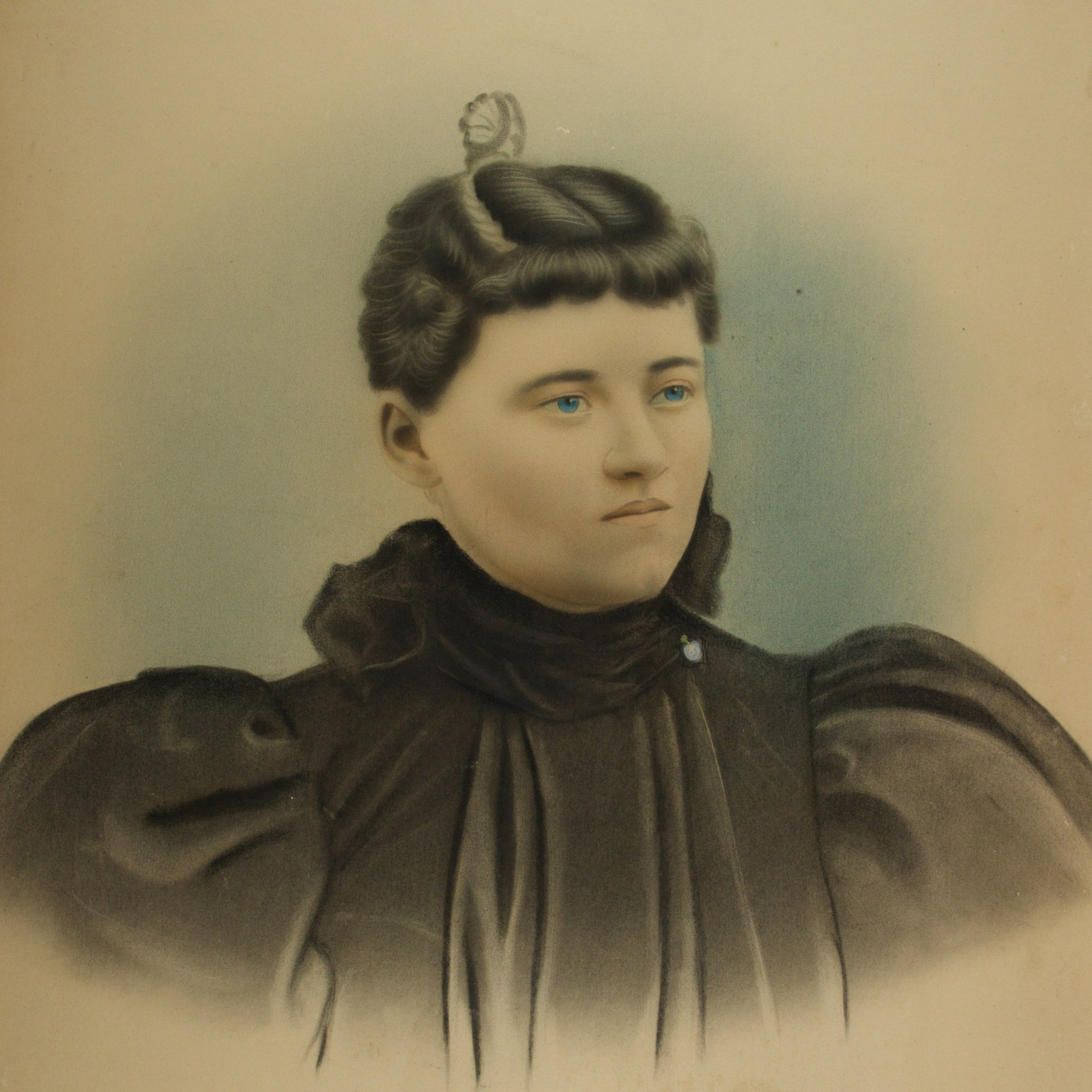

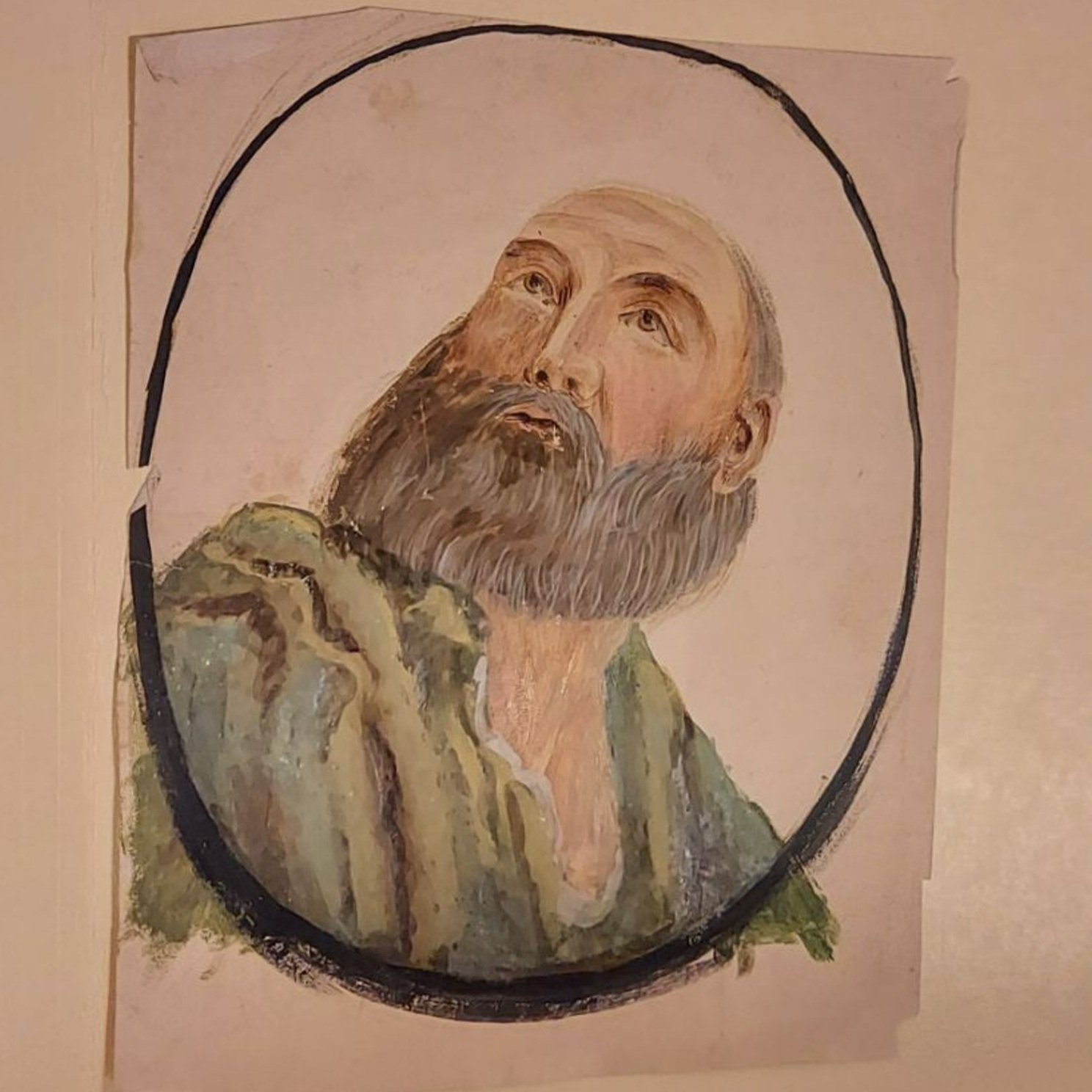
Portraiture
The portraits in the Weidemann collection trace Oscar’s artistic development as he practices rendering faces at different angles and with a variety of materials. Some portraits are more finished than others, and the accuracy of facial proportions varies from one piece to another. The portraits are completed in charcoal, pastels, watercolor, or gouache, allowing Oscar to experiment with different mediums across his studies.
Portraits like the man in a suit or the fisherman are more proportionately accurate and suggest that Oscar may have been drawing from life. Others, like the man in a green shirt or the man wearing a turban, read more as character studies that Oscar created to practice depicting people of varying ethnicities.
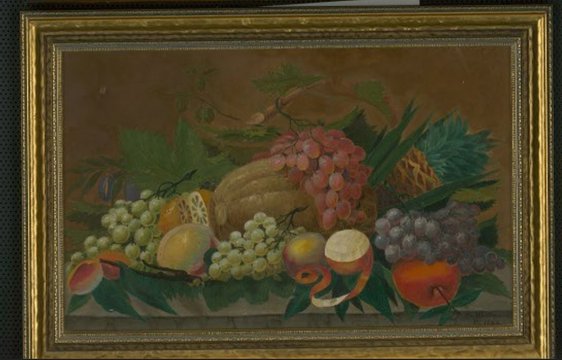
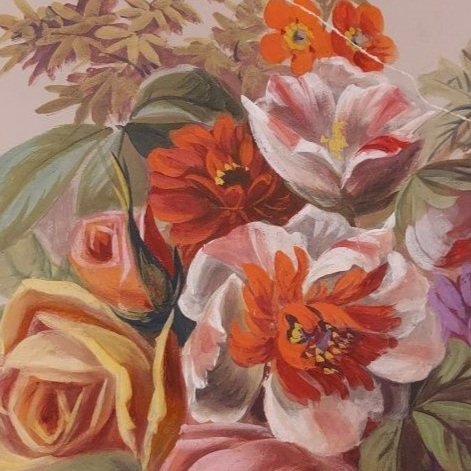


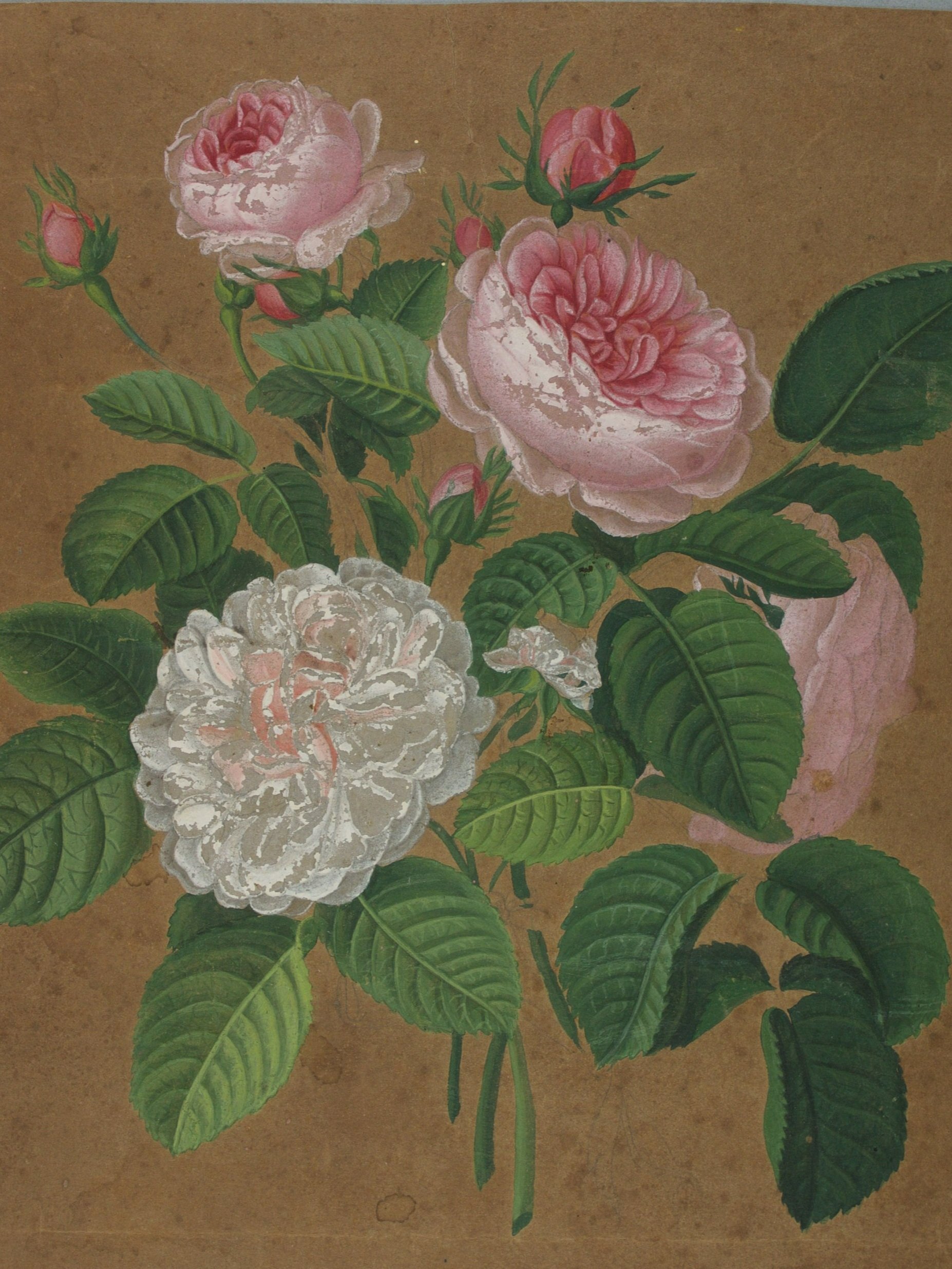
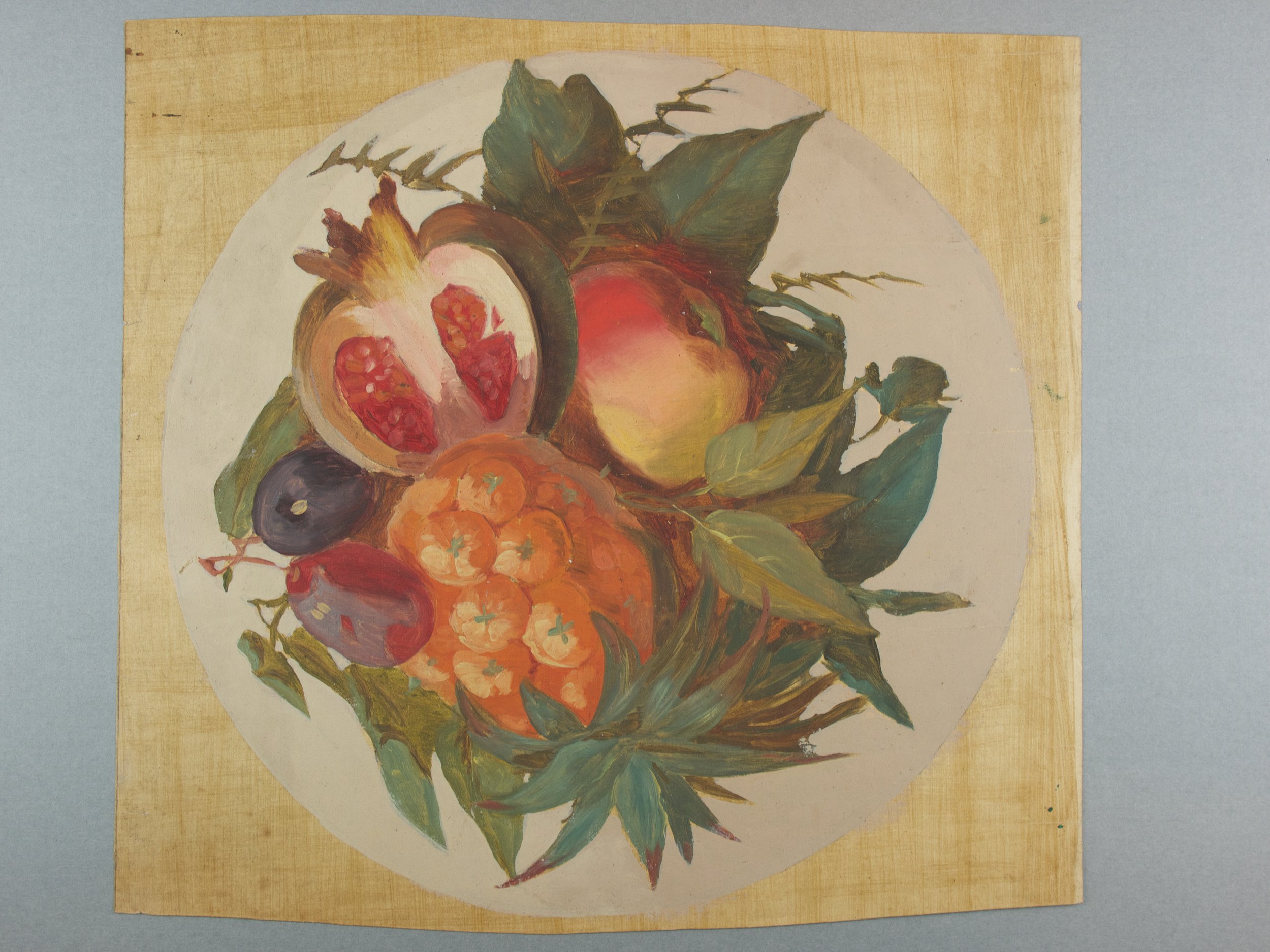
Still Life
A still life painting depicts an assortment of objects, often including items like produce, flowers, or glassware. The still lifes in the Capitol’s collection consist of fruit and flower arrangements and demonstrate the artistic versatility of the Weidemanns. Though Christian’s main focus was decorative interior painting, the framed still life includes his signature. Some of his ceiling plans feature cartouches (painted framing elements) with still lifes inside.
Most of the still lifes in our collection are made with gouache, a material that behaves similarly to watercolor when wet but which is opaque without water added. The cracking seen in some of these pieces is common with the medium, which becomes brittle when dry, and may suggest areas where the material was applied too thickly.
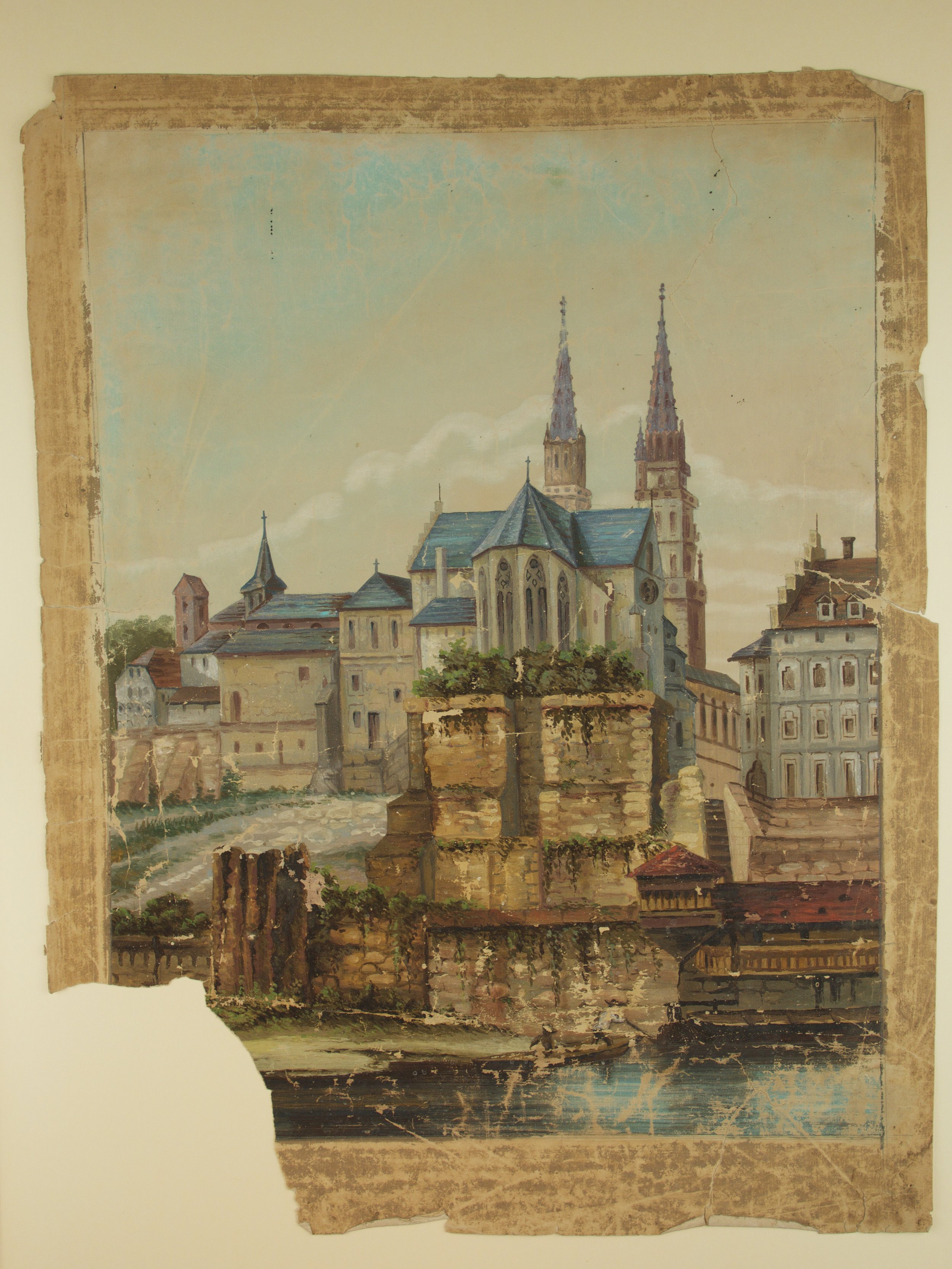
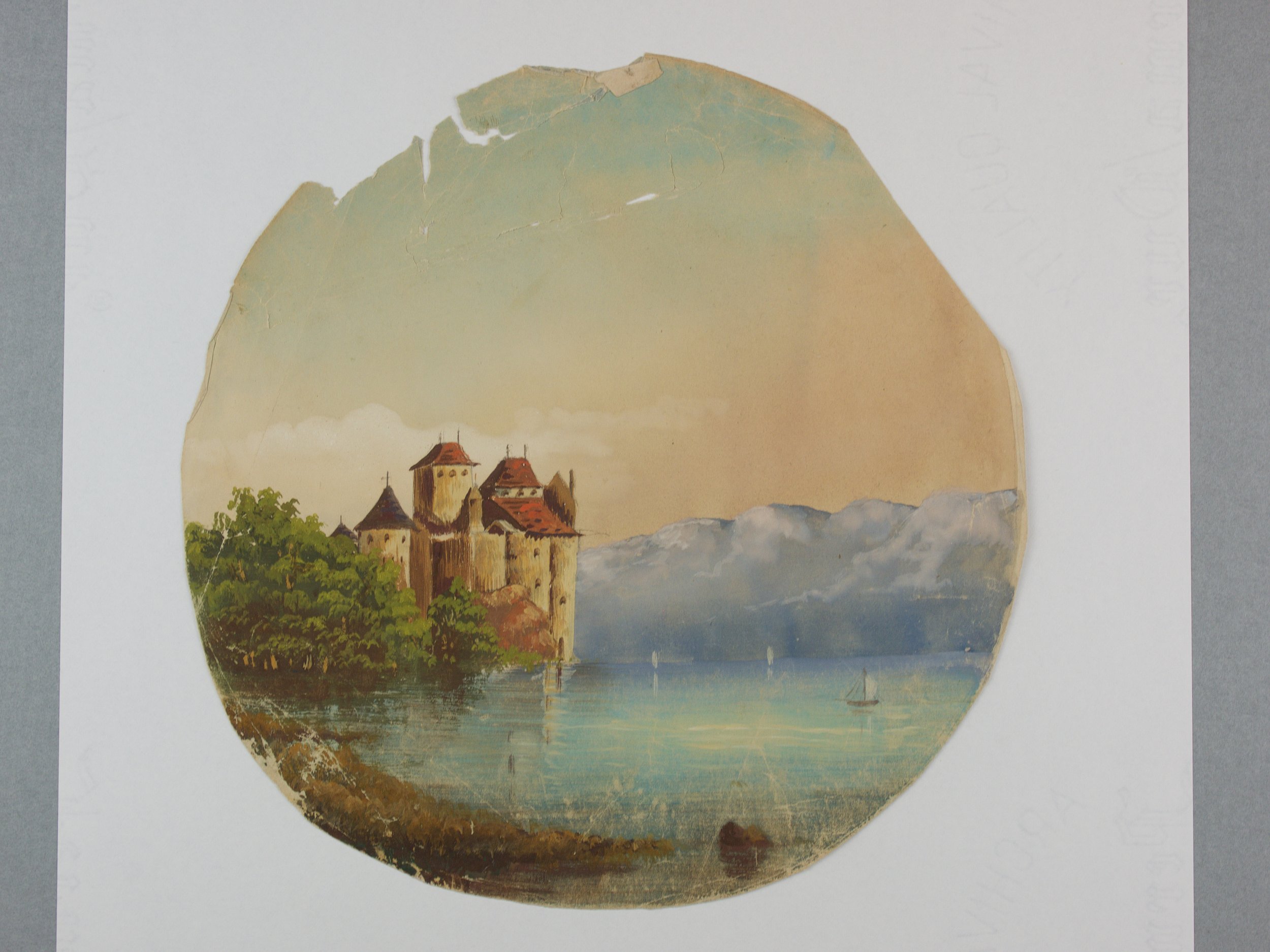
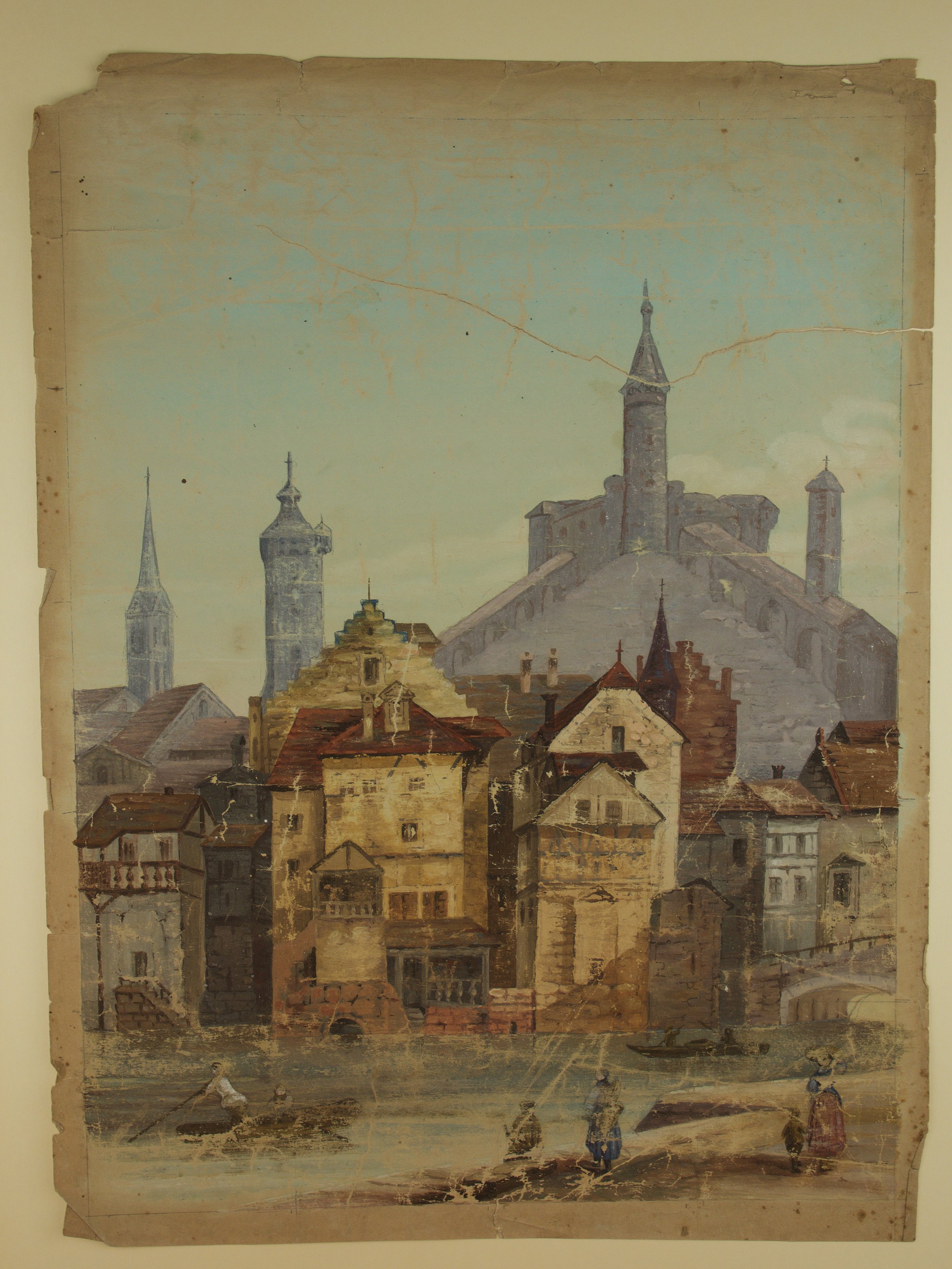
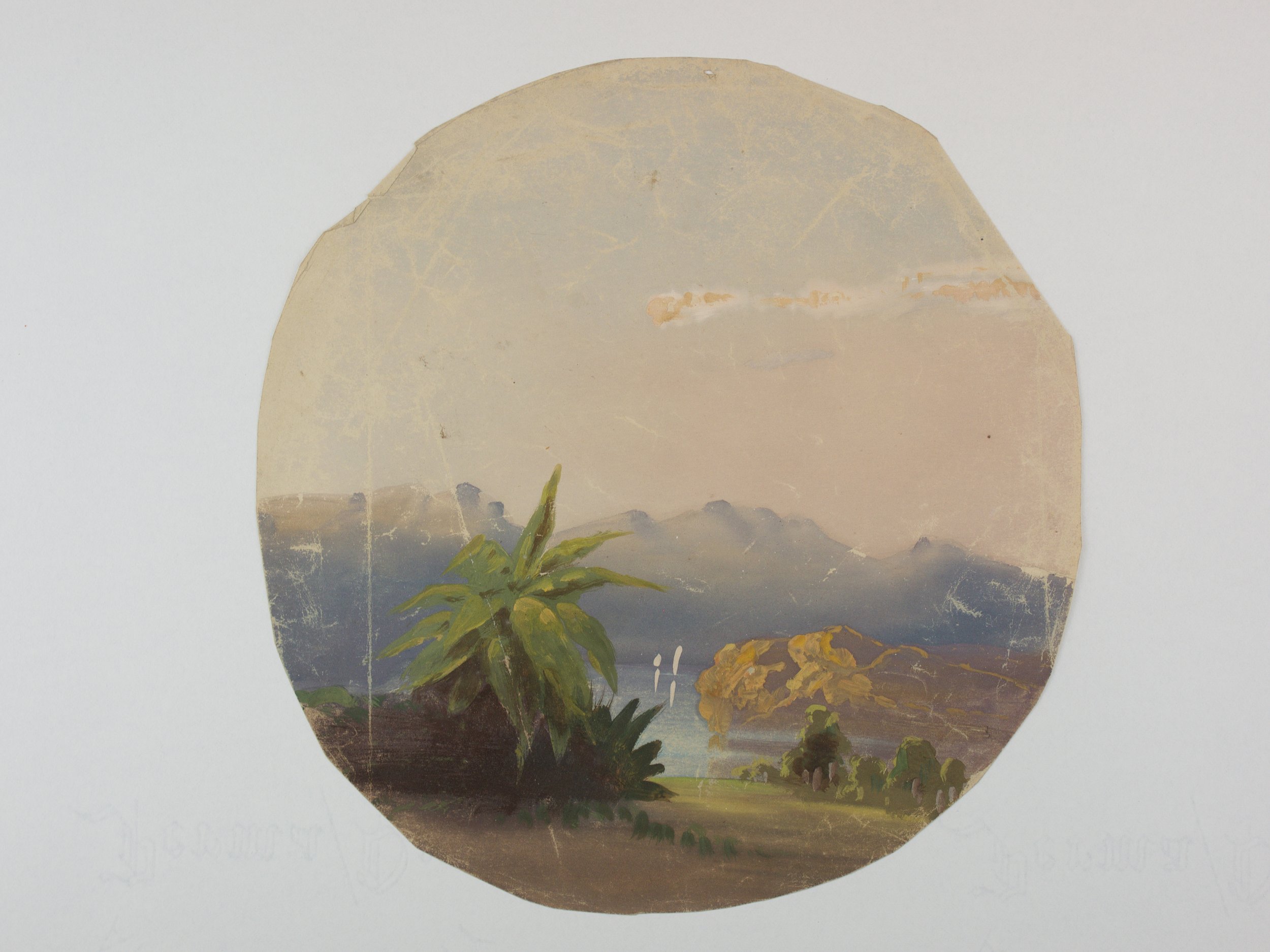
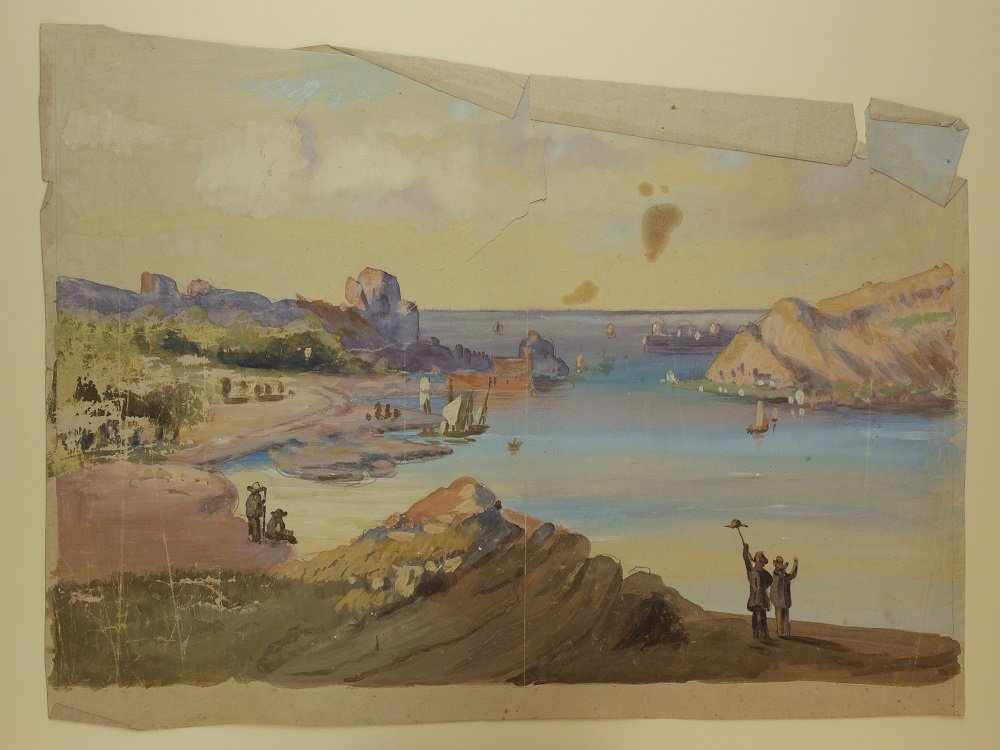
Landscape/Cityscape
Similarly to the still lifes above, the landscapes and cityscapes in the Weidemann collection are made of gouache and could serve as useful studies for cartouches added to ceiling designs. They could also have come out of Oscar’s art school assignments, as emerging artists are encouraged to practice all genres of art in their studies.
The pieces featured here suggest themes of travel, with the cityscapes showing particular attention paid to architectural detail. A second, less finished version of the landscape with figures standing near the sea is also included in the collection, suggesting that the artist may have been practicing for a larger or more finalized version of the scene.


